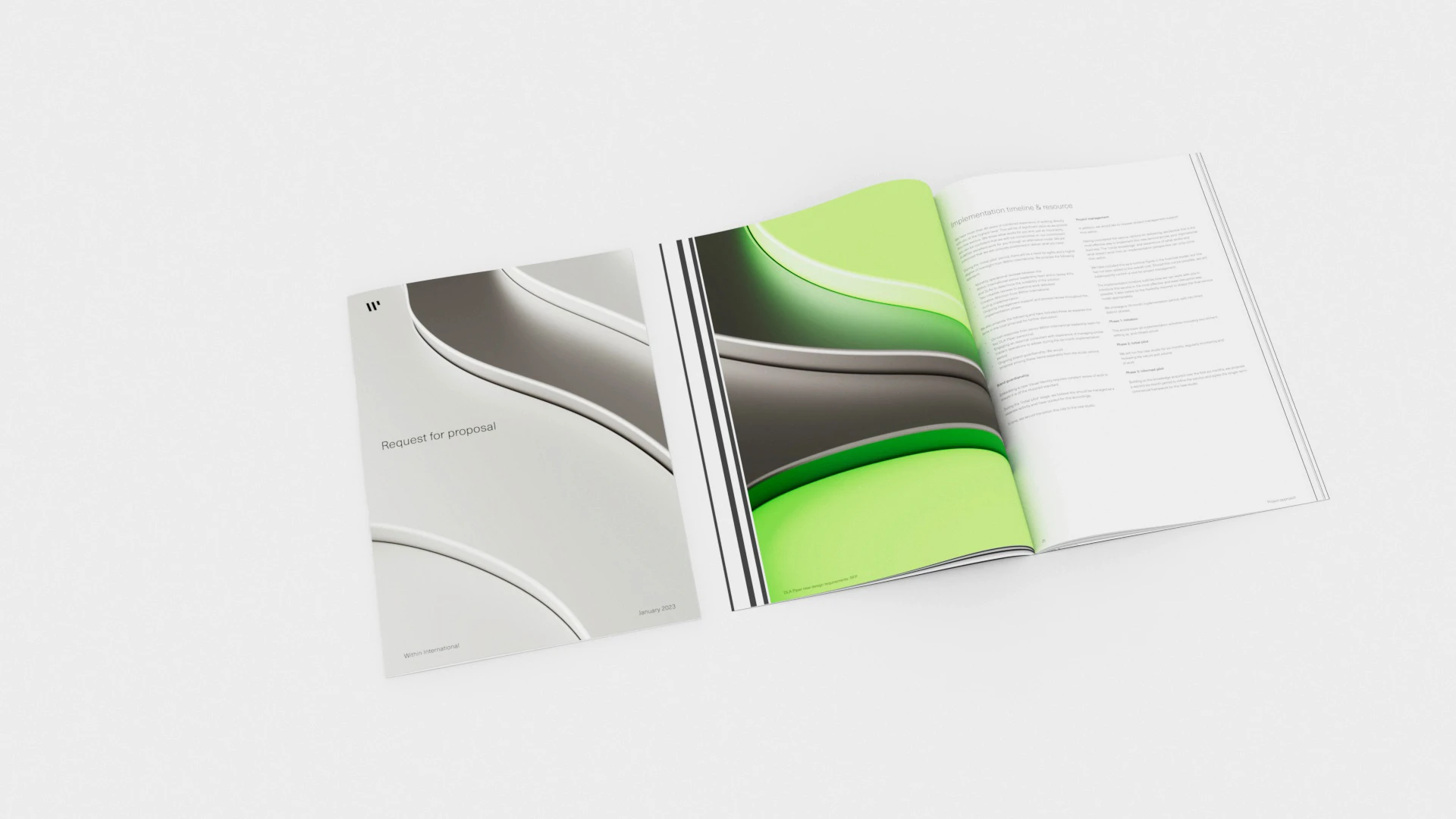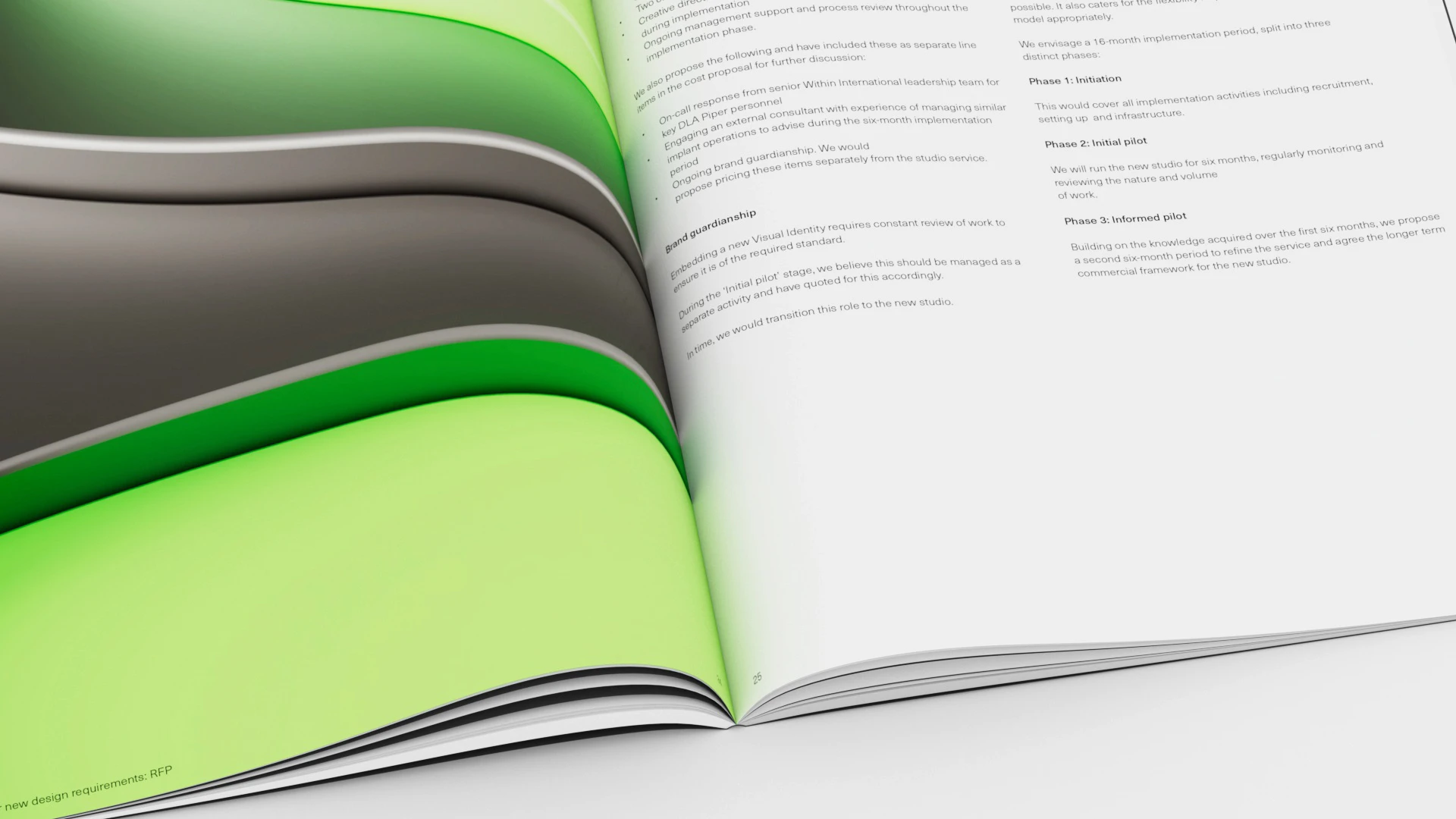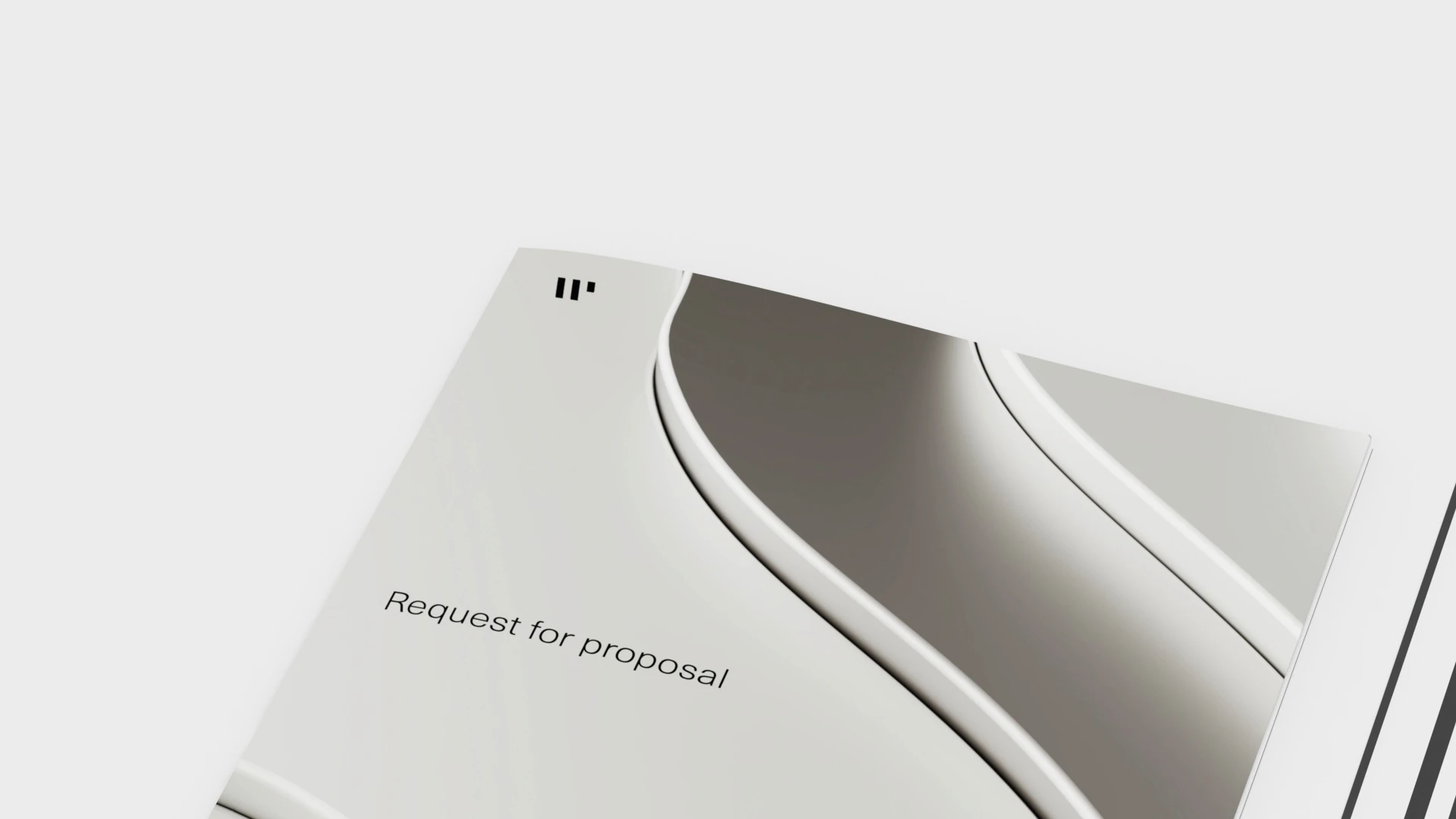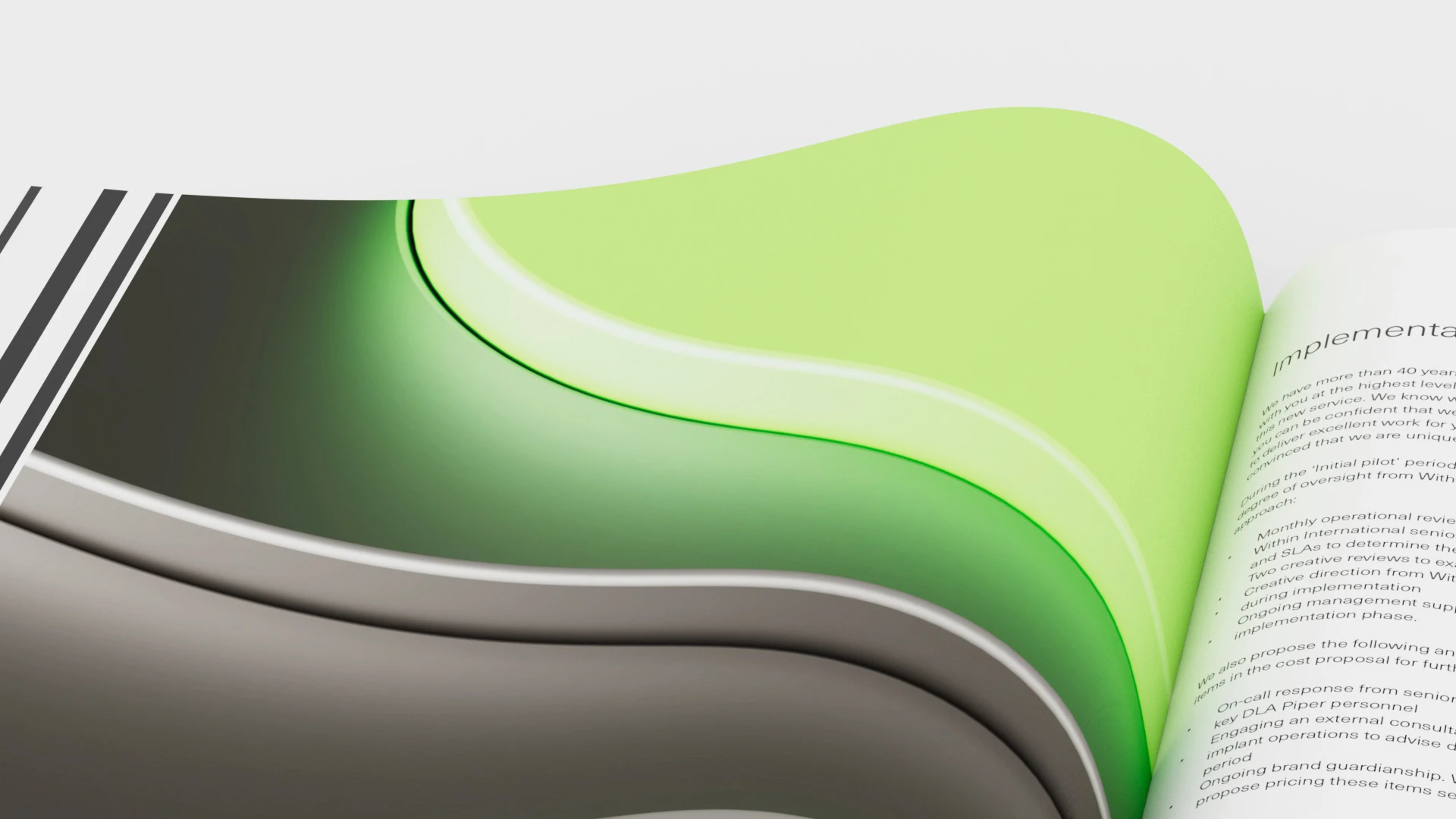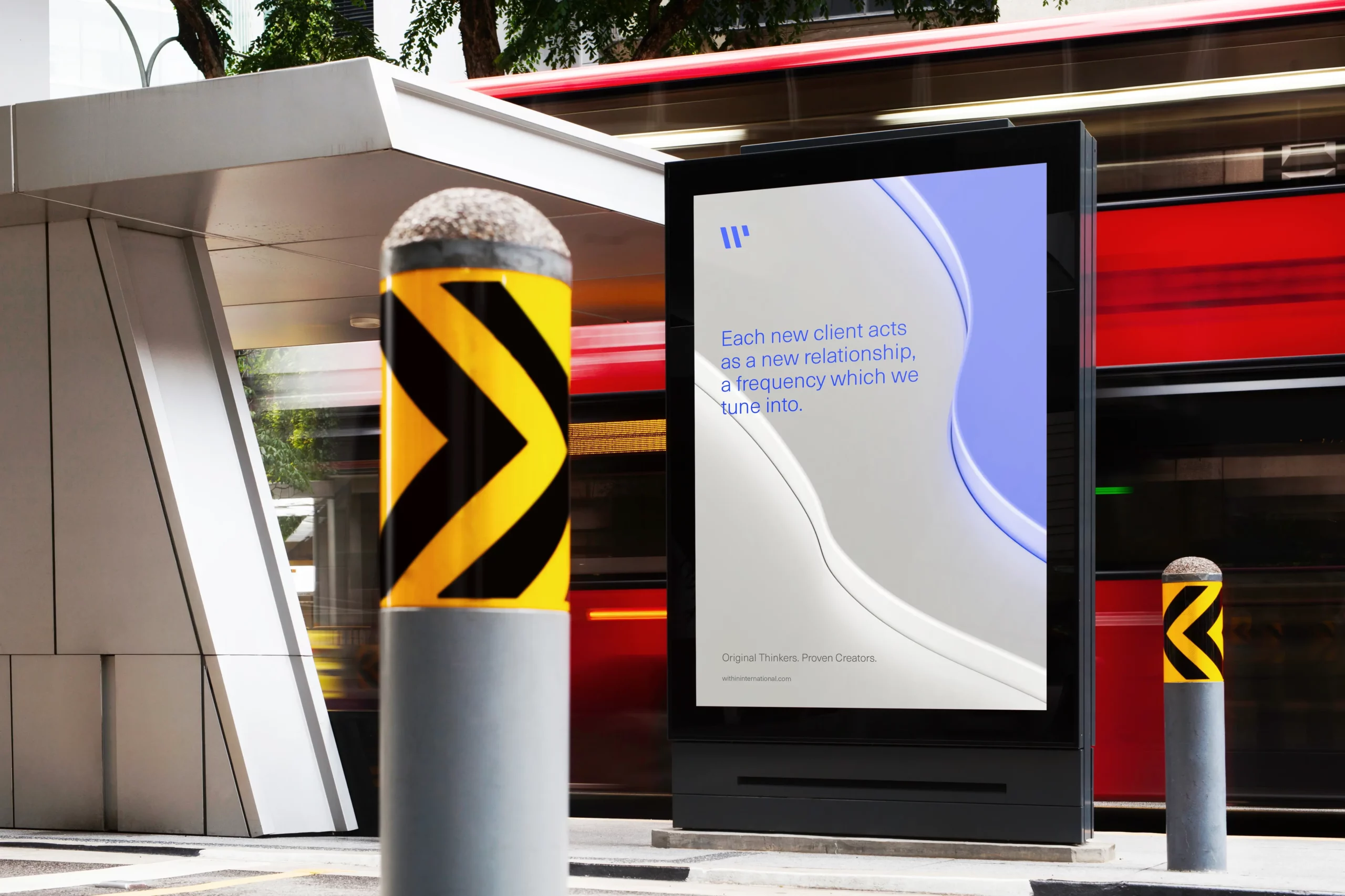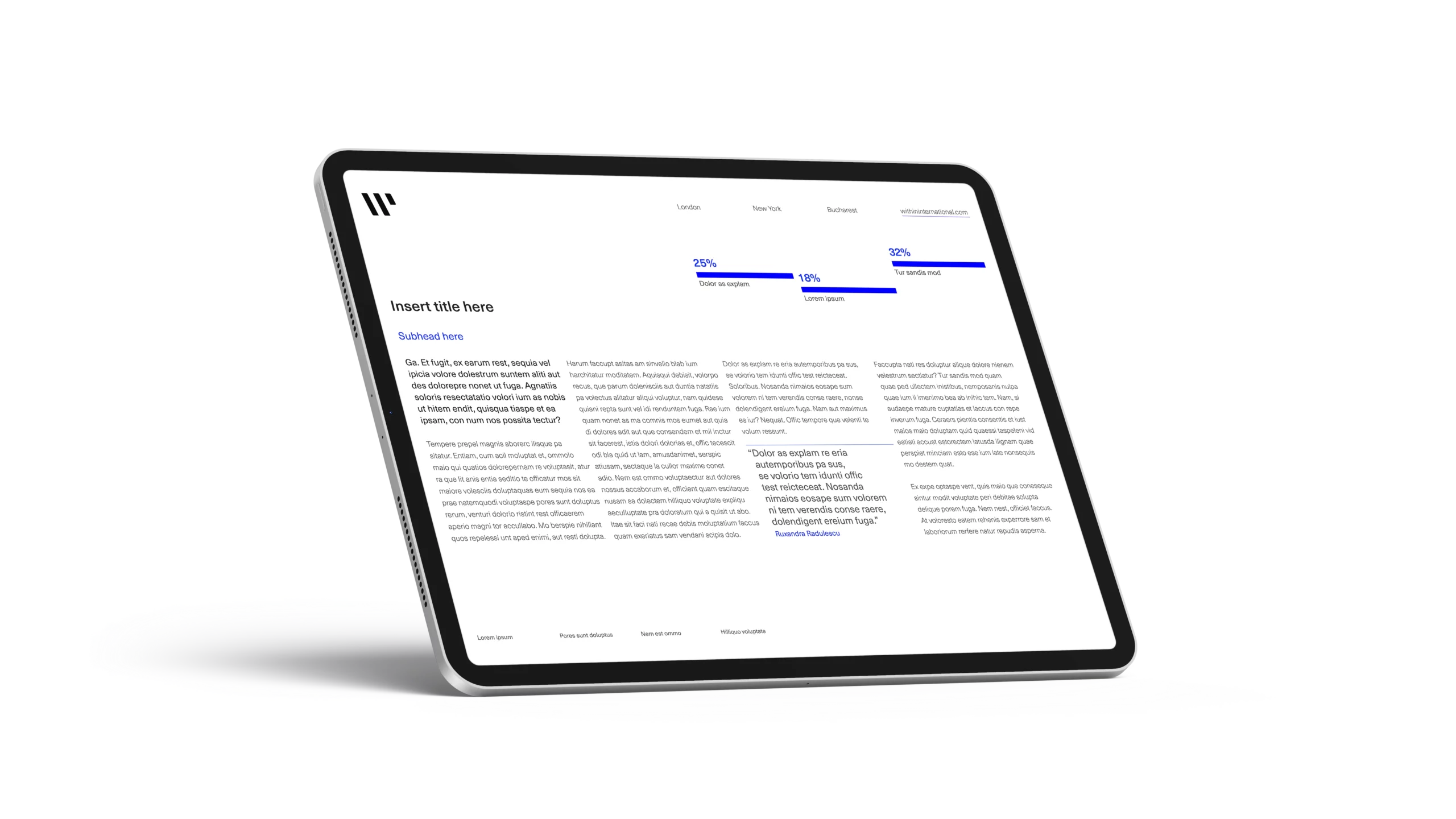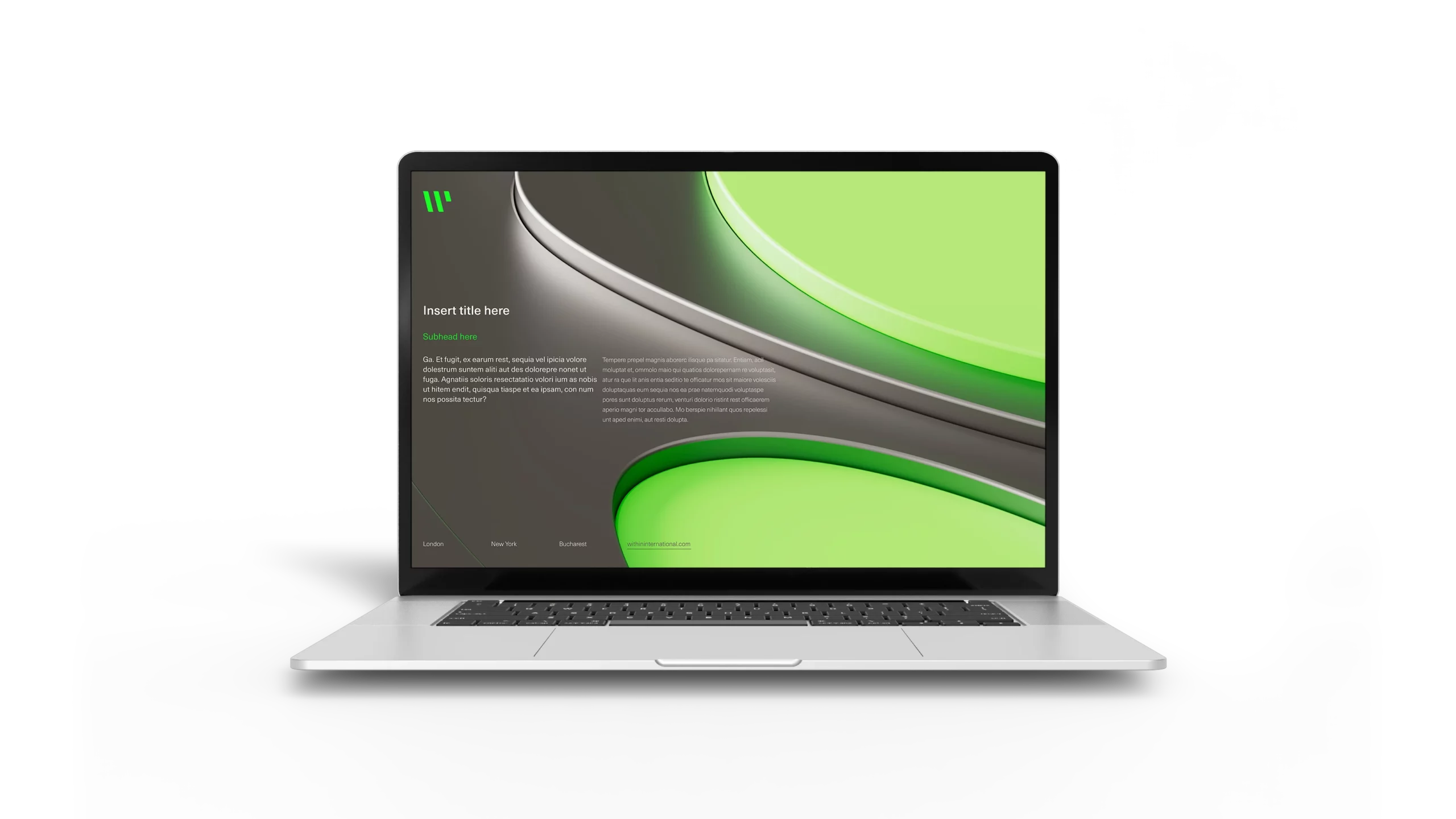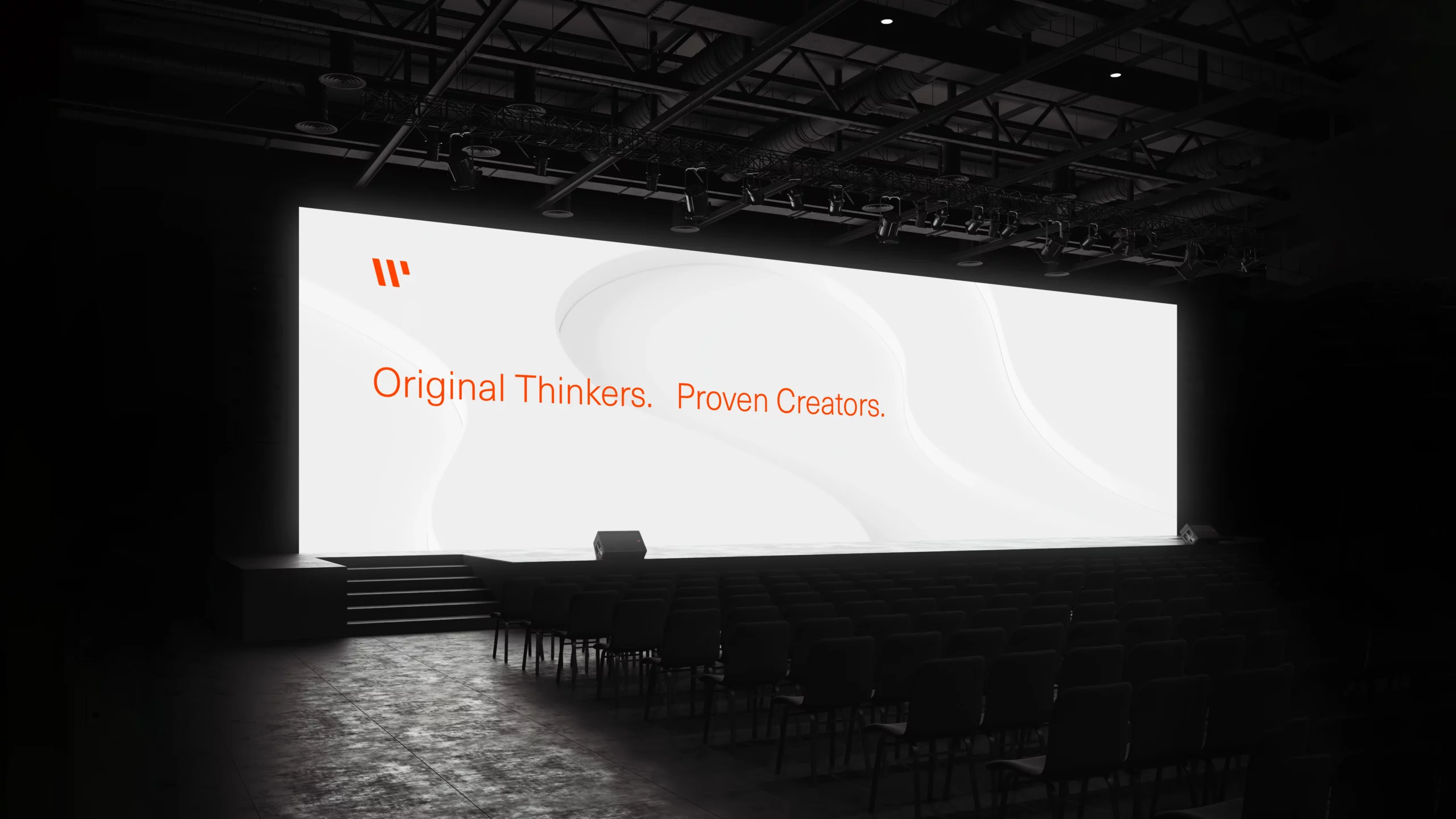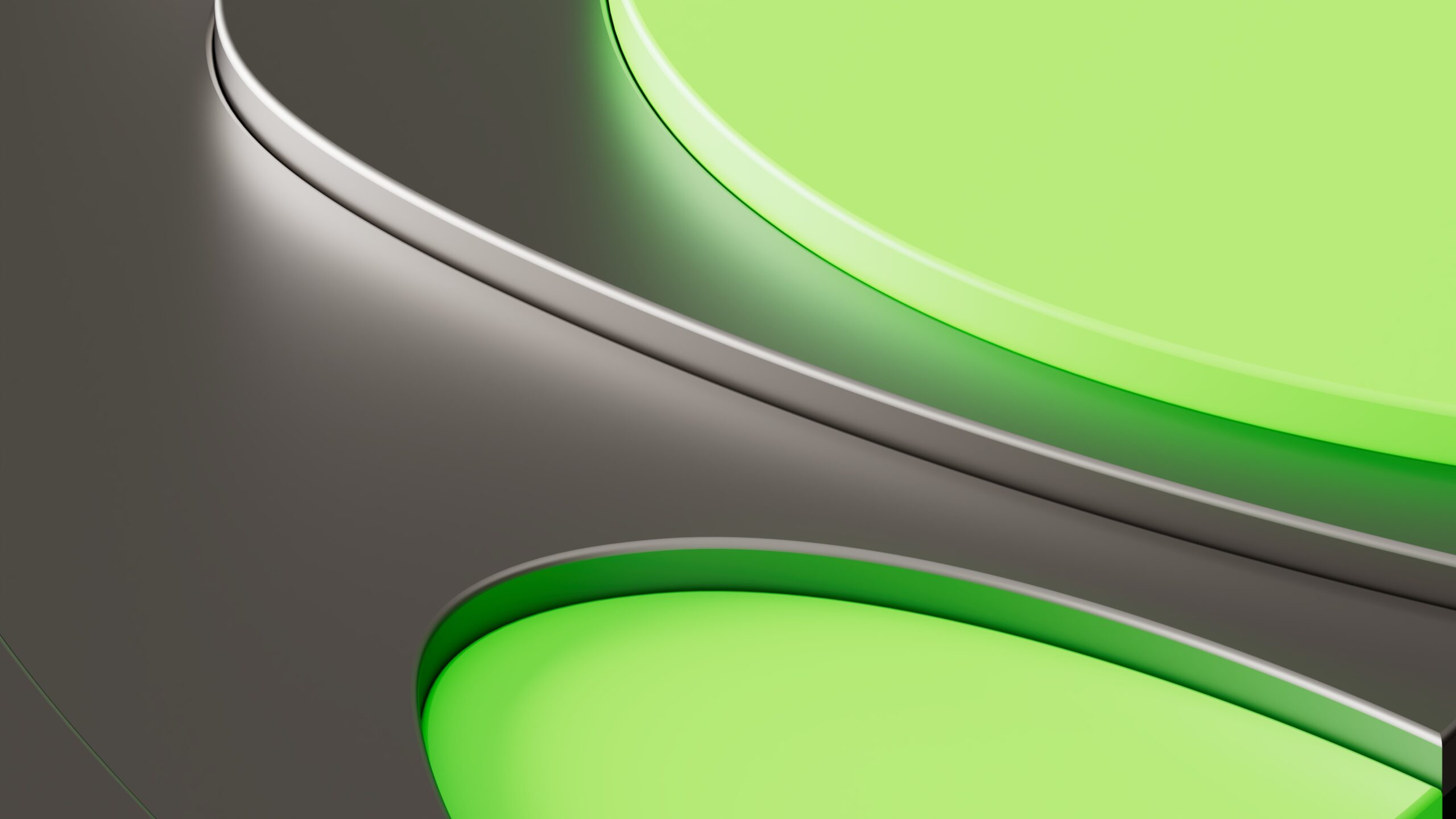
In 2022, we started thinking about who we are. Our newly established Advisory Board needed a short line to share with the people they thought we should be working with as an introduction.
After much deliberation, we settled on original thinkers, proven creators. The second part of that statement is easily evidenced. Today is our 17th birthday, we’ve been delivering at the highest level for 17 years, so proven creators is a fact.
But what about original thinkers? Those who know us well would agree, but how do you demonstrate original thought for new contacts and the wider market? We refer to this in-house as ‘our clever’, equally difficult to weave into a brand premise.
To avoid the accusations of being overtly boastful, I’d like to share a direct quote I received recently from a client we rebranded.
‘F–ck, that’s clever!’
The italics on the ‘clever’ pleased me no end; it’s the story I try to tell about the work the team delivers. Further to that, the author of this message is in his mid-forties, and it came via WhatsApp. If you were born before 1990, this is considered high-level mobile-based editing; italicisation requires effort.
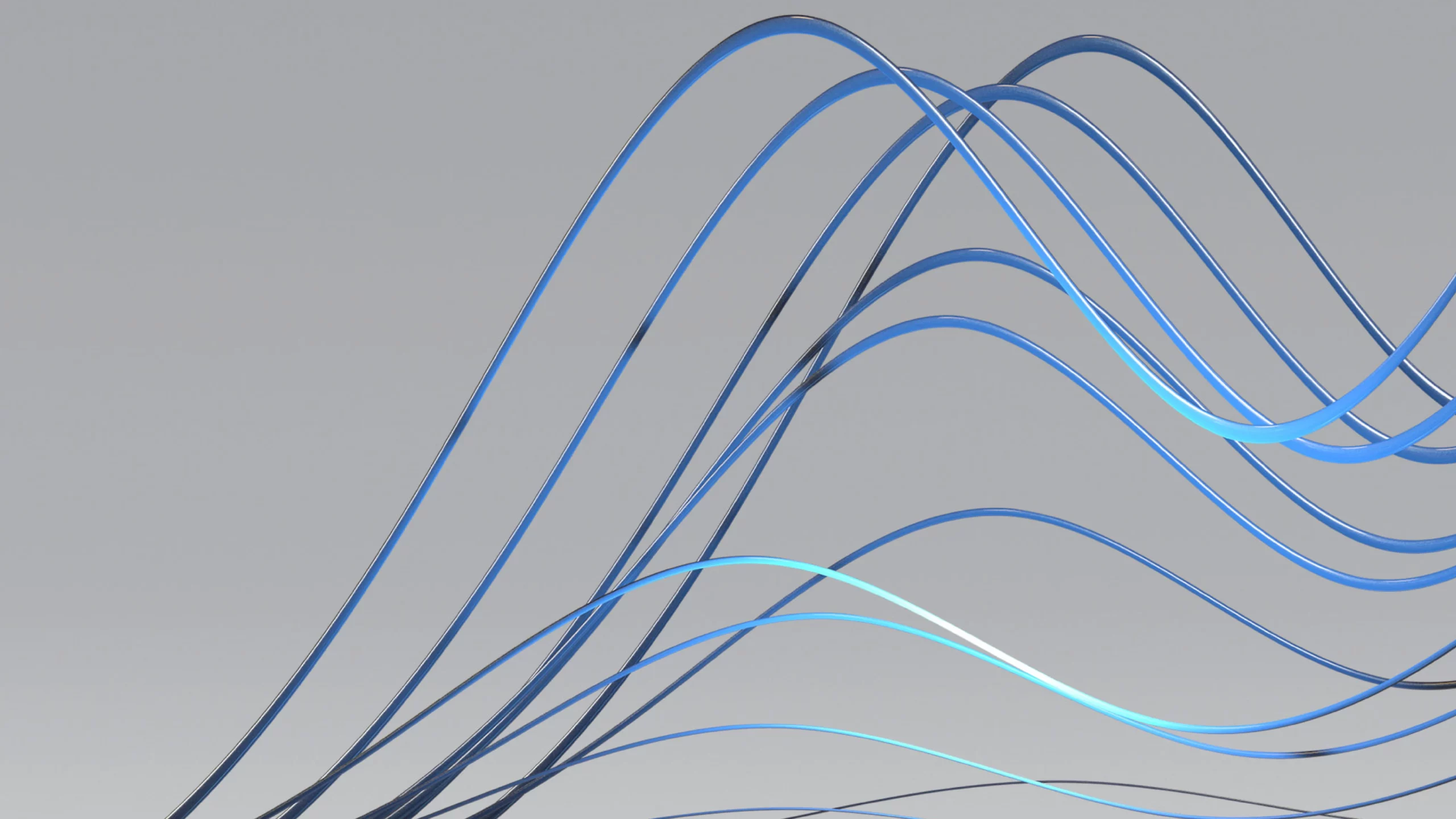
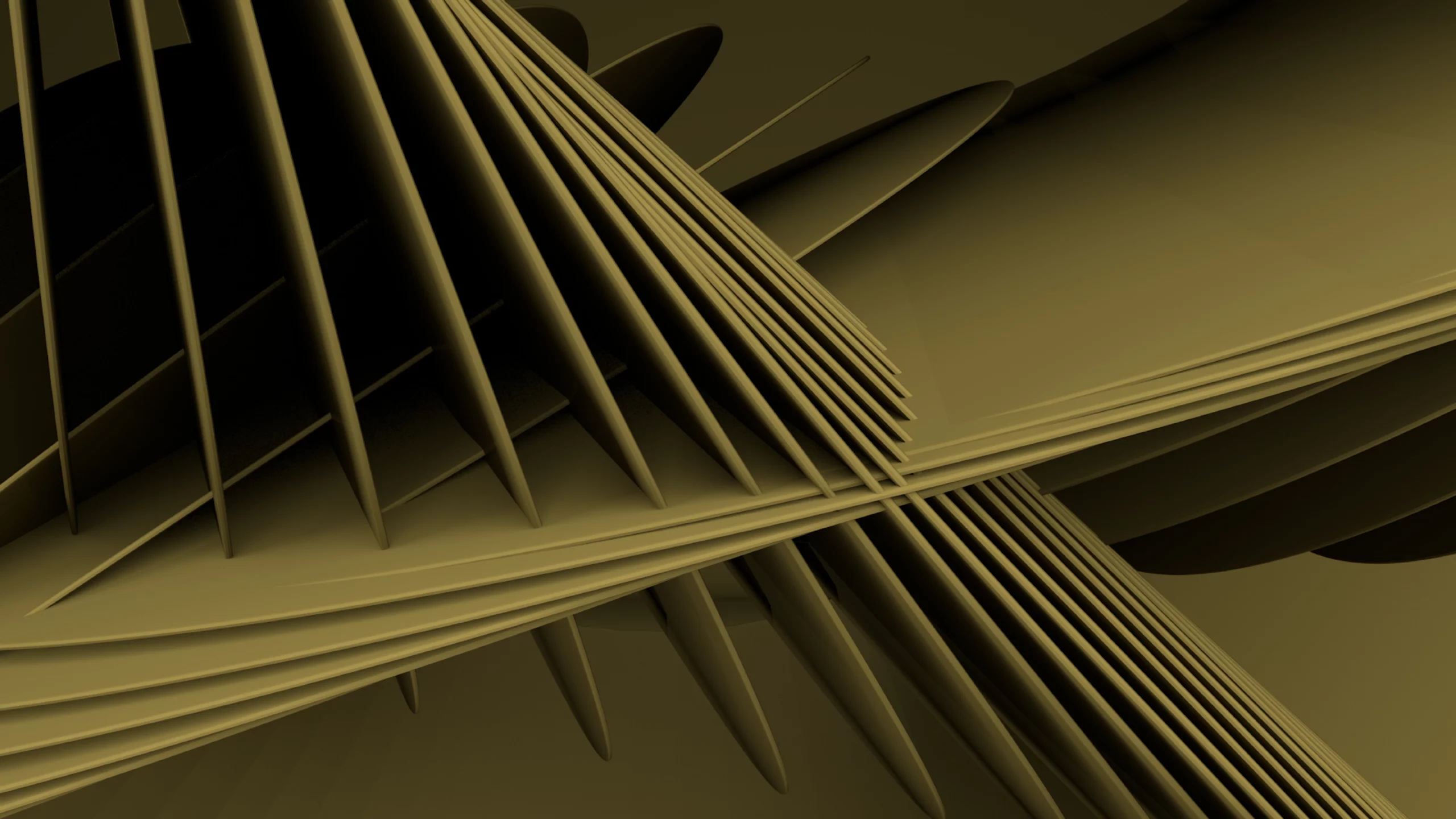
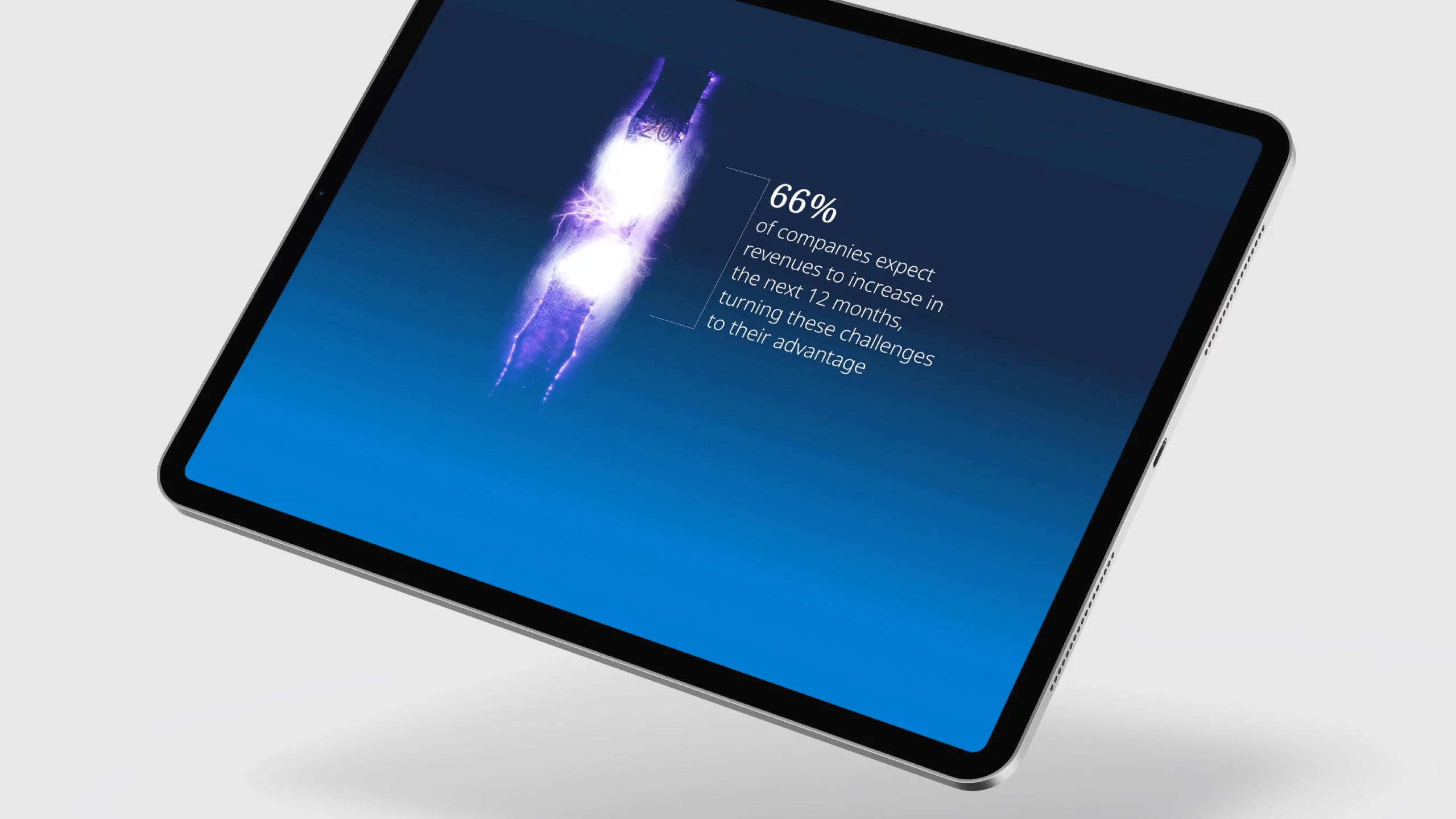
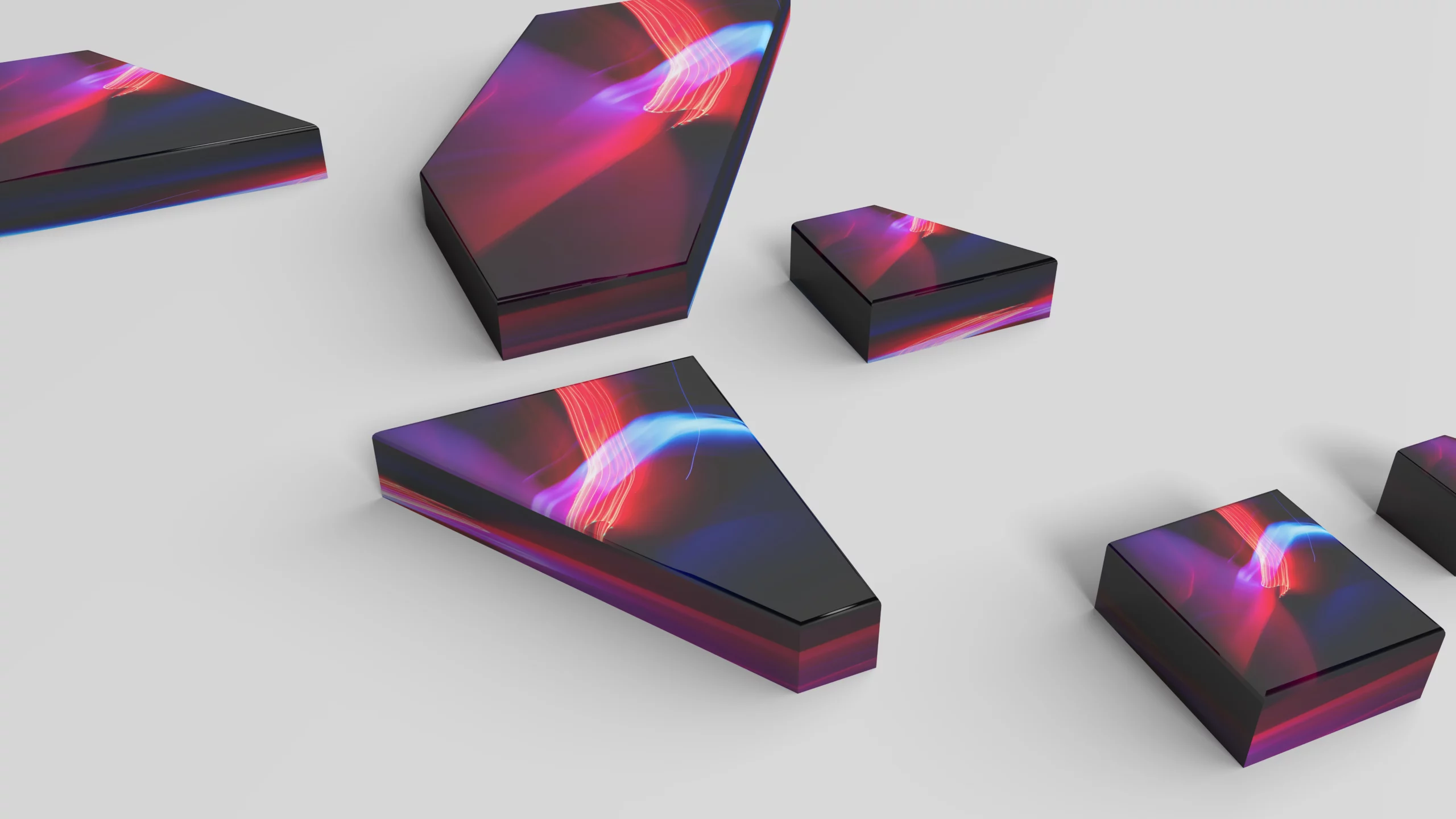
Of course, we cannot base our brand on the fact that one client and I think we are clever, so we didn’t. This studio, in recent years, has created brands using sound alone, applied algebra to grid systems, photographed the energy objects emit at 30,000 volts, built a tech business over Zoom during lockdown, applied behavioural analysis to win pitches for clients (still some of their biggest wins to date), built an advisory board of ex-clients, conceptualised an invisible brand, and created a global advertising campaign for jobs that didn’t exist yet.
If further proof were needed, this is the same team that used an electroencephalogram (EEG) to record an electrogram of the spontaneous electrical activity in the brain, then used the biosignals representing the postsynaptic potentials of pyramidal neurons in the neocortex and allocortex to build a brand.
Confused?
All will be revealed.
Clever is a problematic construct to communicate, and as with most complex ideas, there really is only one way to explain them. Properly. If you want to see clever, you need to capture it happening. It can only occur in the brain: so that’s where we went looking. Thankfully our CEO, Ruxandra Radulescu has a deep interest in the inner workings of the cerebrum, and after years of interest, had contacts who specialised in neuroscience and adjacent fields.
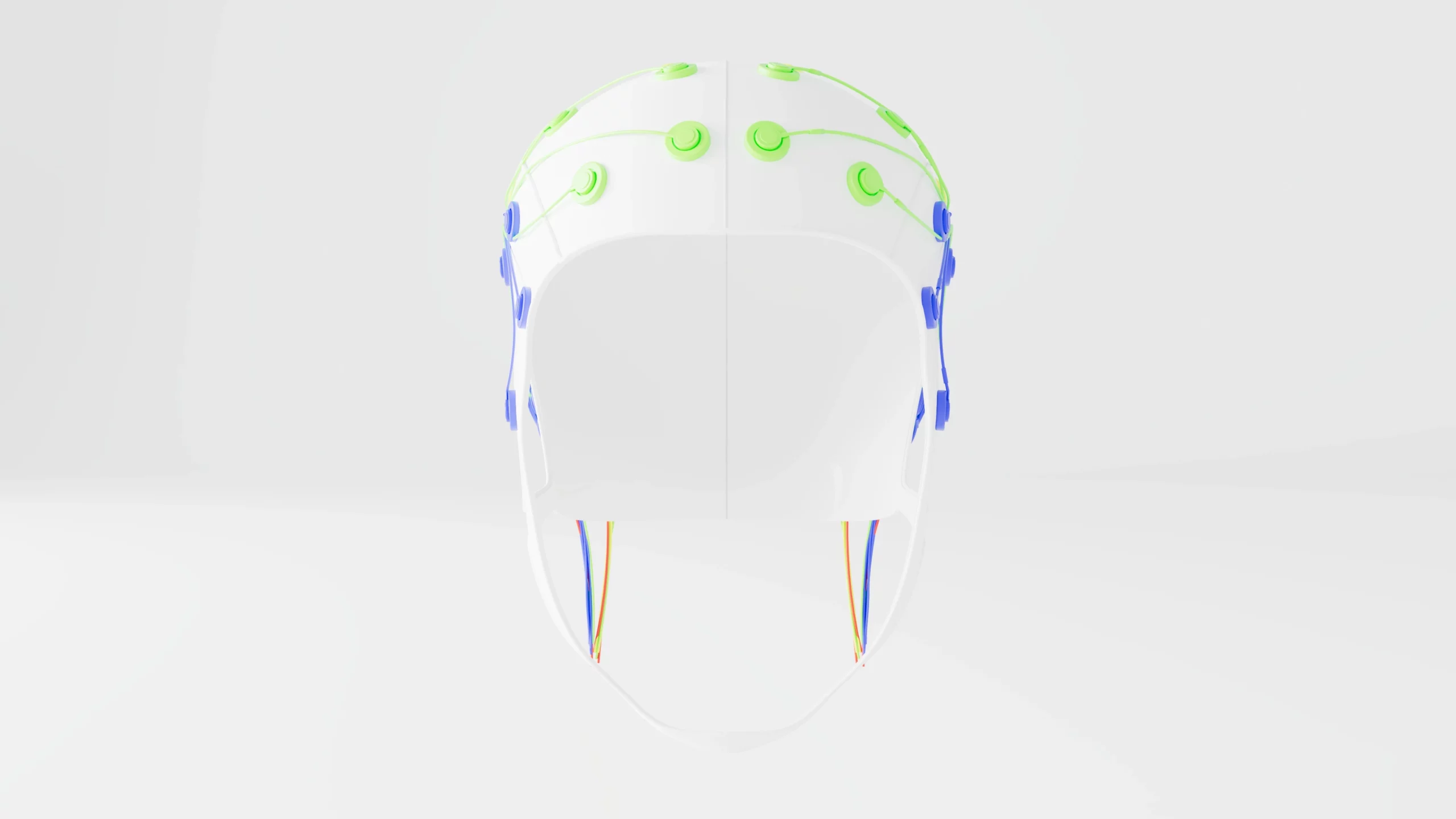
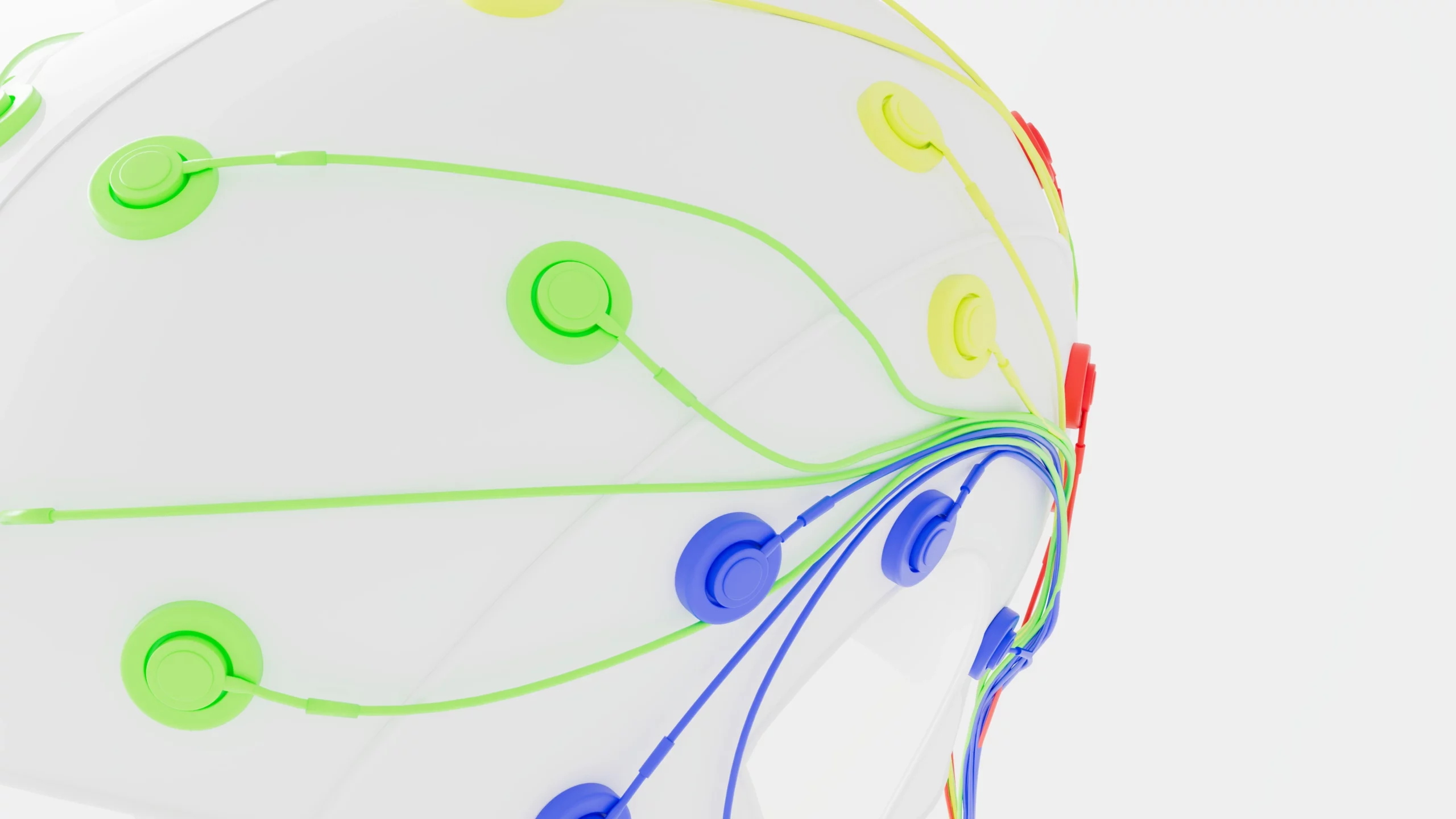
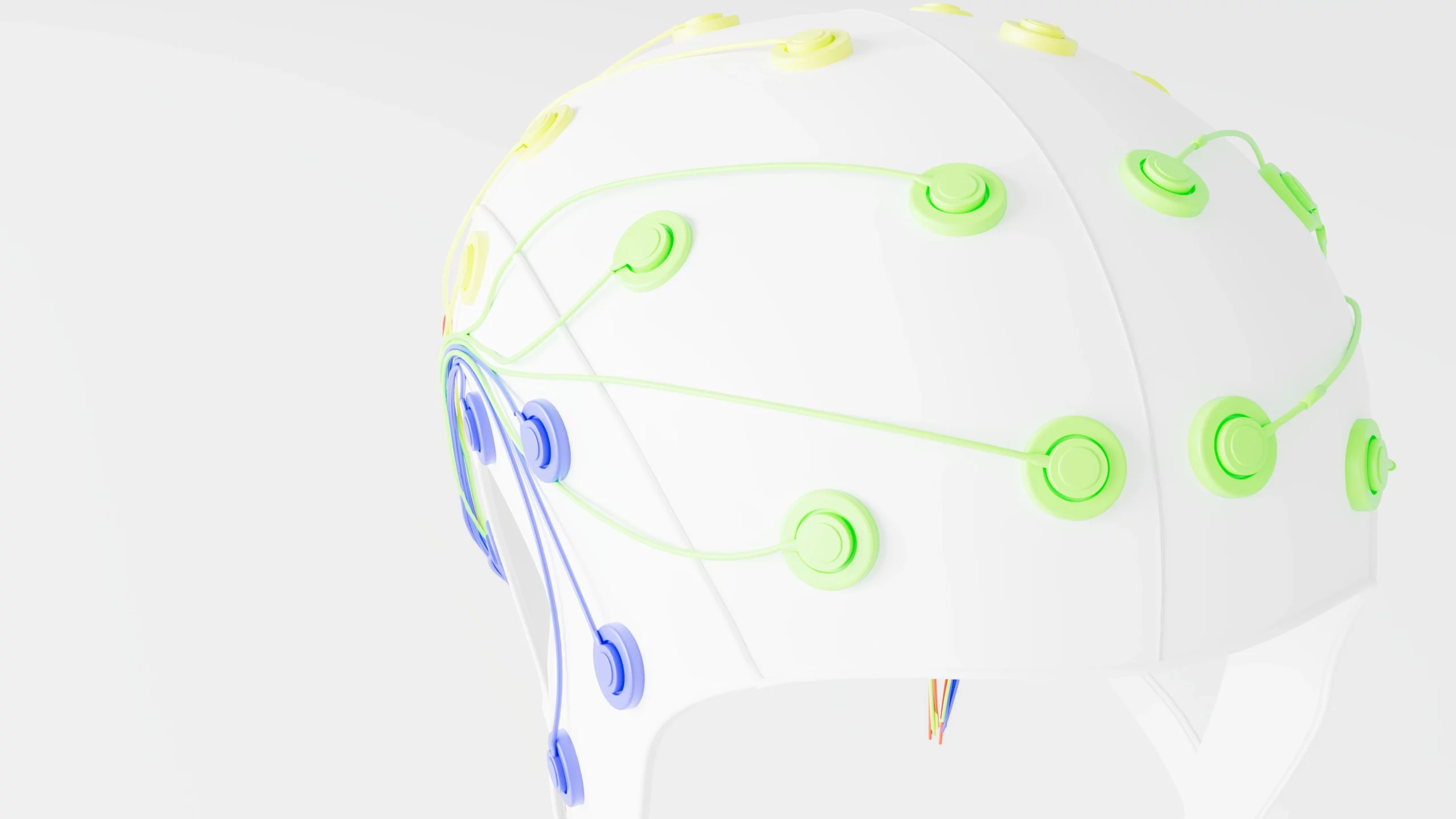
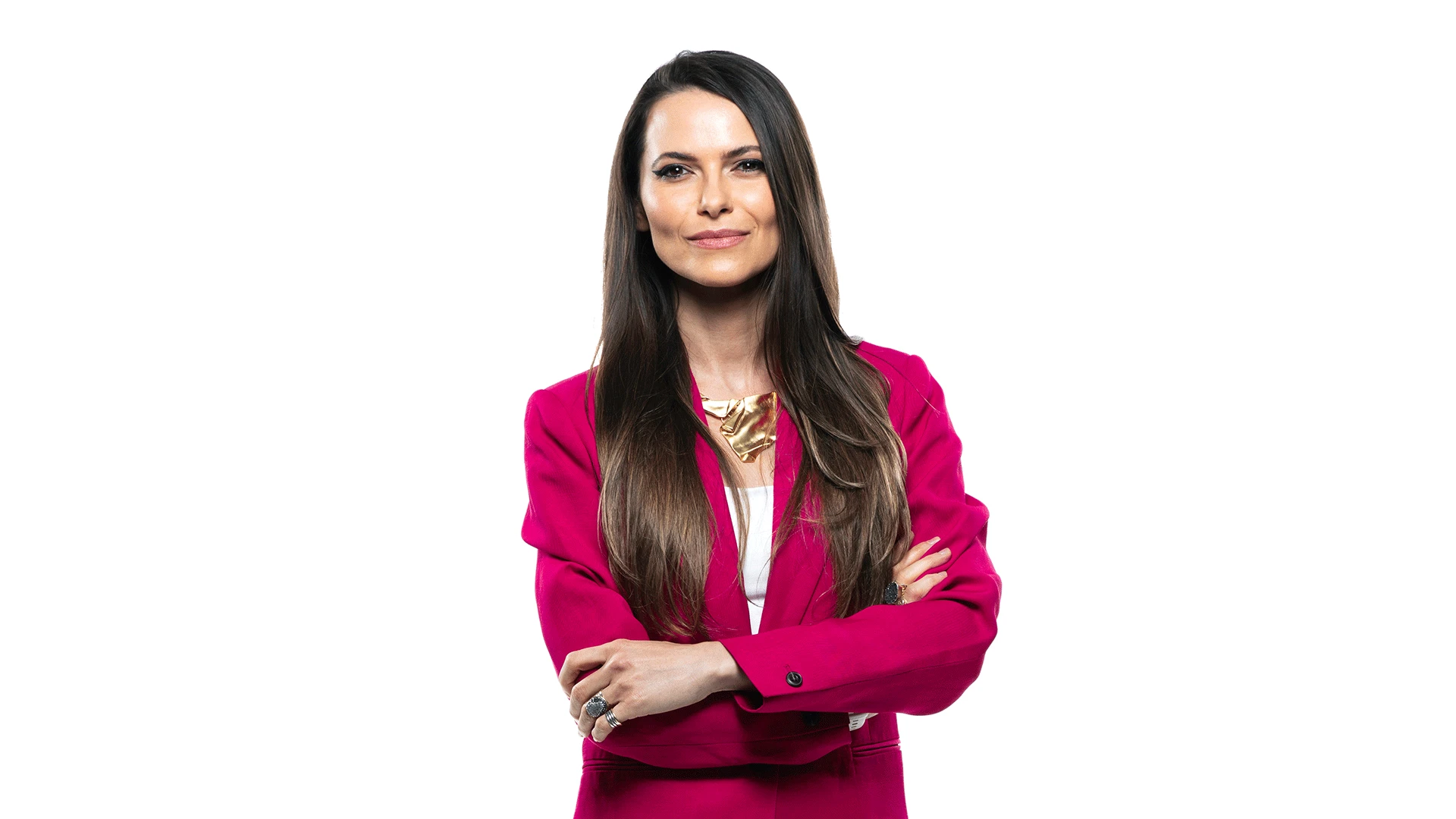
After much thought and deliberation, we finally decided to subject Rux to a live EEG, where we would see her brain in action. Donning a rather fetching EEG cap (no, there is no photographic evidence), the frequencies of Rux’s brain were measured whilst thinking about the practical application of the brand it would be used to create. The result was 20 unique data sets created with the brain behind our business while contemplating its new persona.
As Mitul, our Director of Experiential & Film, said when told the plan, ‘We don’t make it easy on ourselves, do we? I love it.’
Mit is right. The thing about easy is that it has all been done before.
Easy does not retain or attract brilliant creatives to join our studio, and easy does not inspire the professionals who run the business side of Within International to drive us forward. Furthermore, given the work we have a reputation for producing, our brand needs to be every bit as clever as the product we create for clients.
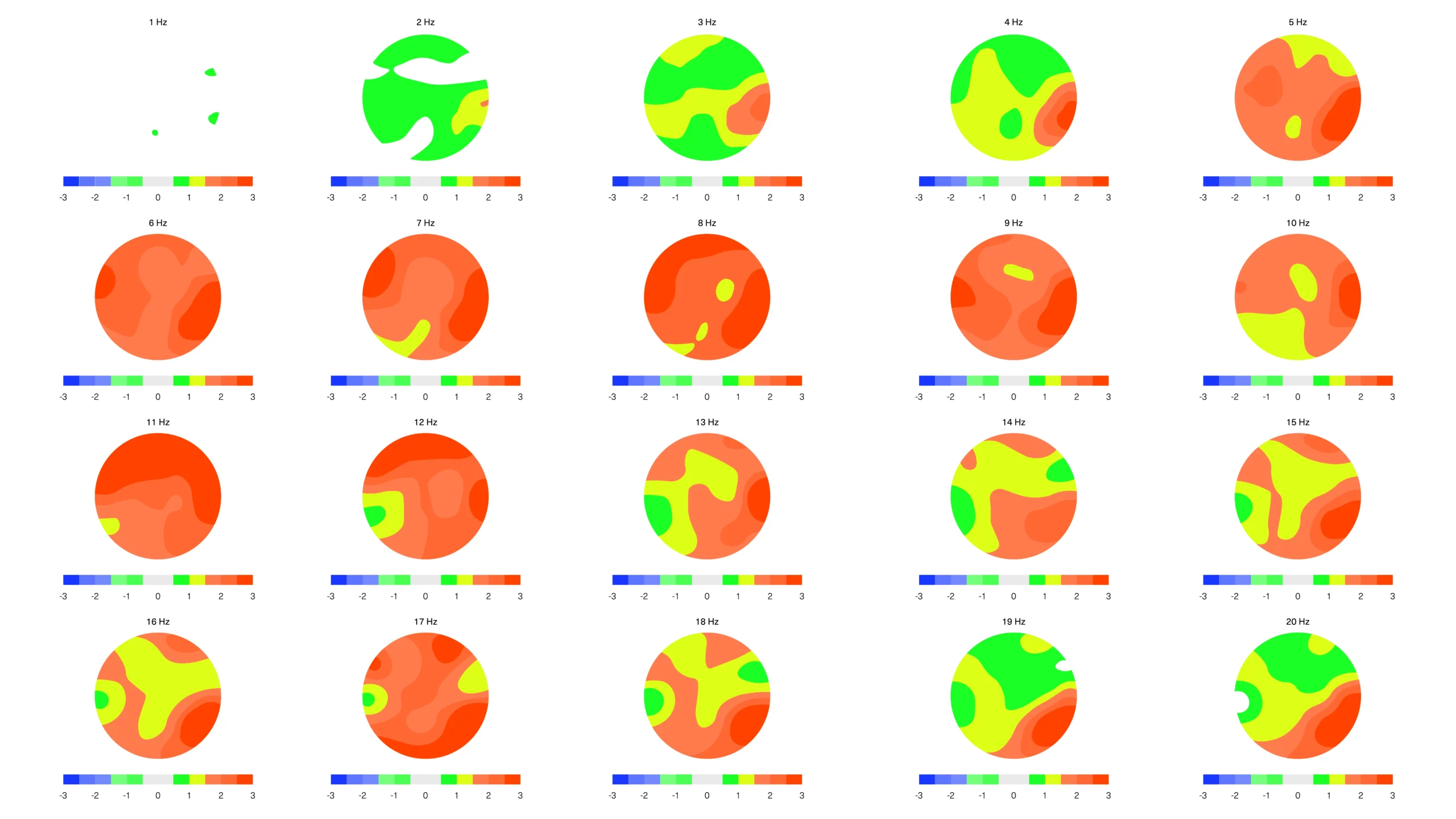
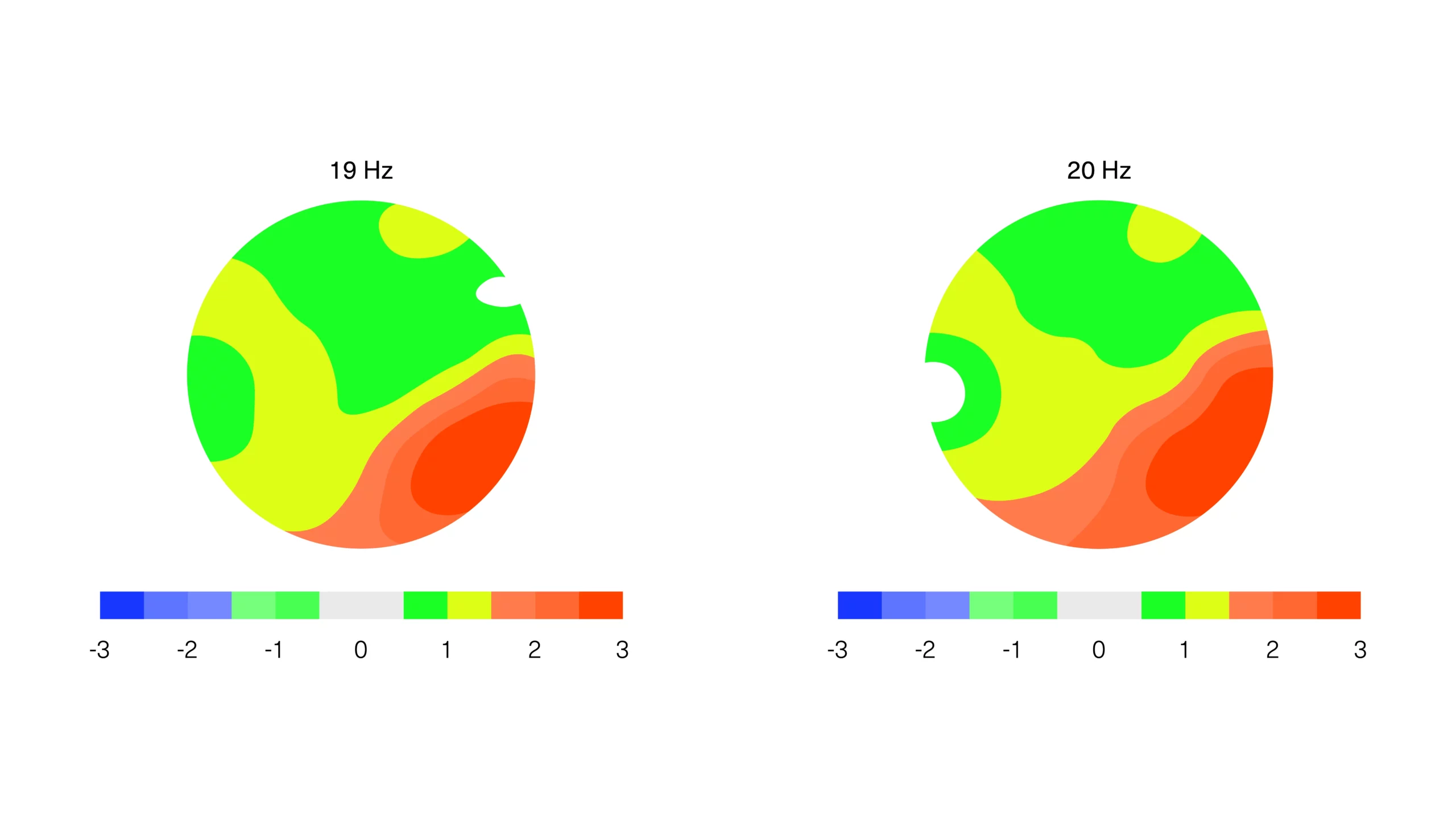
With the outputs from Rux’s hour-long contemplation, Tolley Moloney, our Associate Design Director, recreated each as a vector in Illustrator. From here, we have the data, the output and the flexibility to create something beautiful but something that remains true to the narrative behind the visuals. By ingesting the illustrator artwork into Cinema 4D, the vector files can be manipulated into a form that, yes, looks great but, much more importantly, can be applied across the various disciplines our studio covers. The stills for printed outputs, the renders for digital artwork, the sequences for the animators, the slates for film and the models for the metaverse developers.
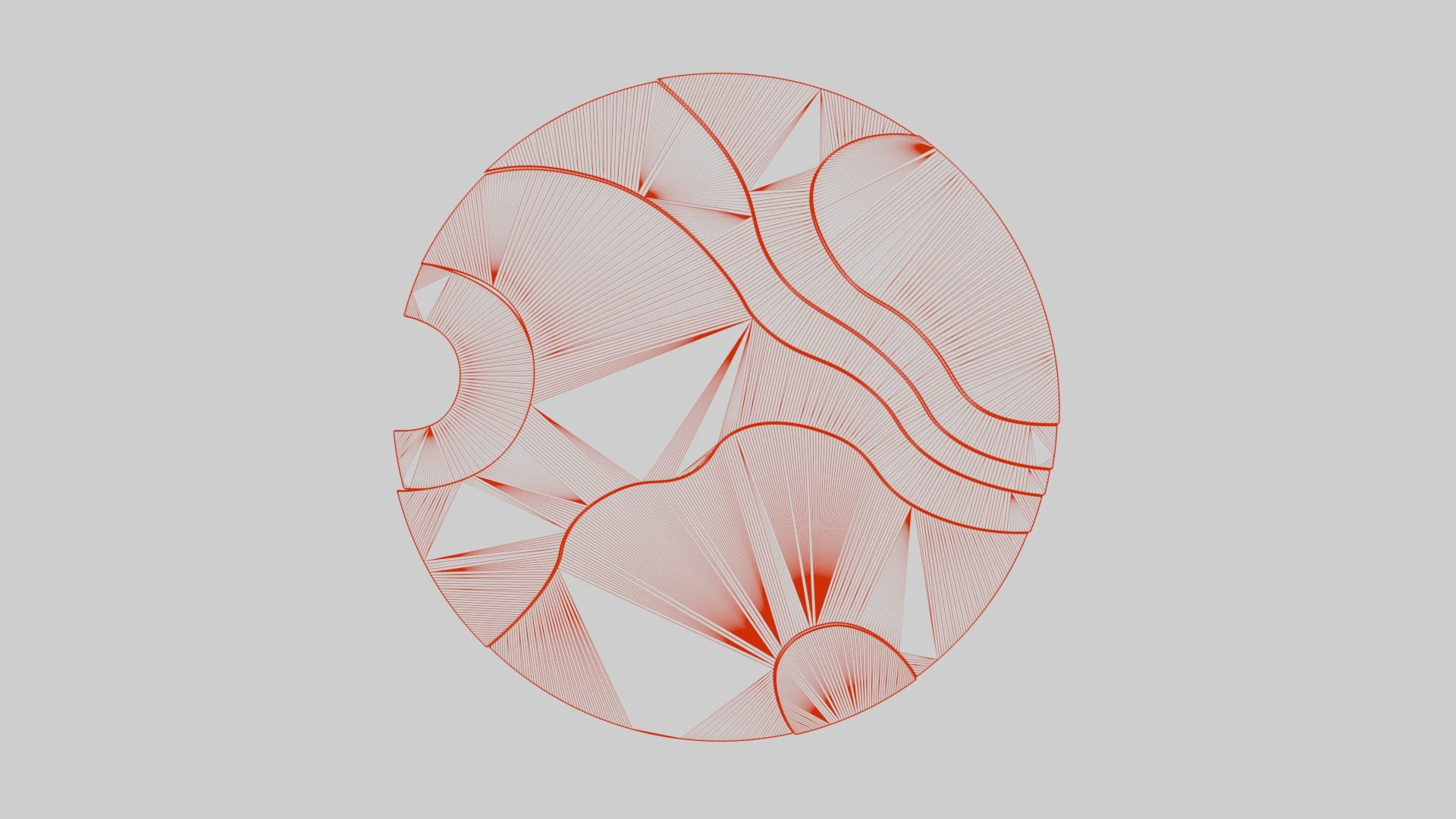
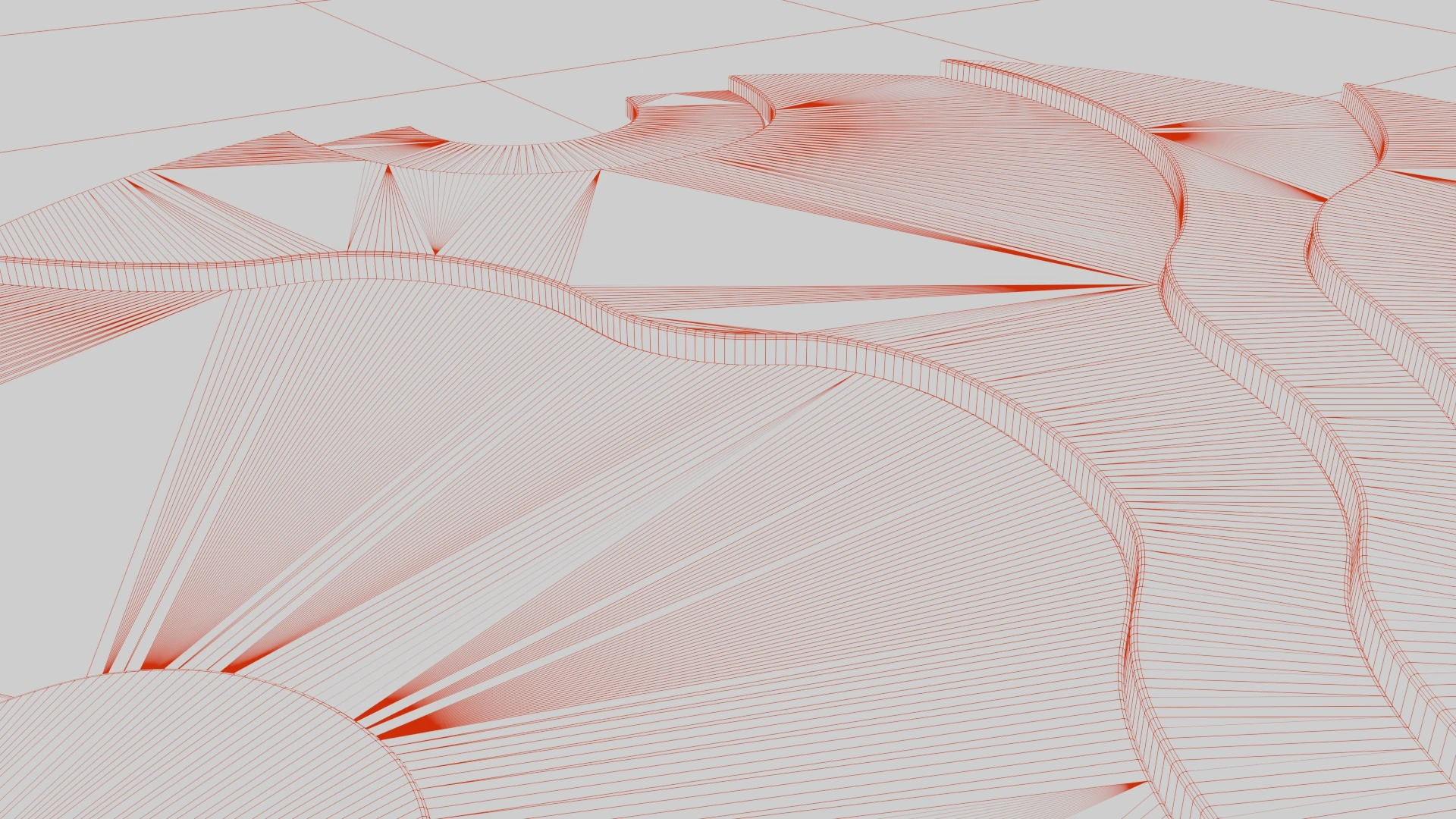
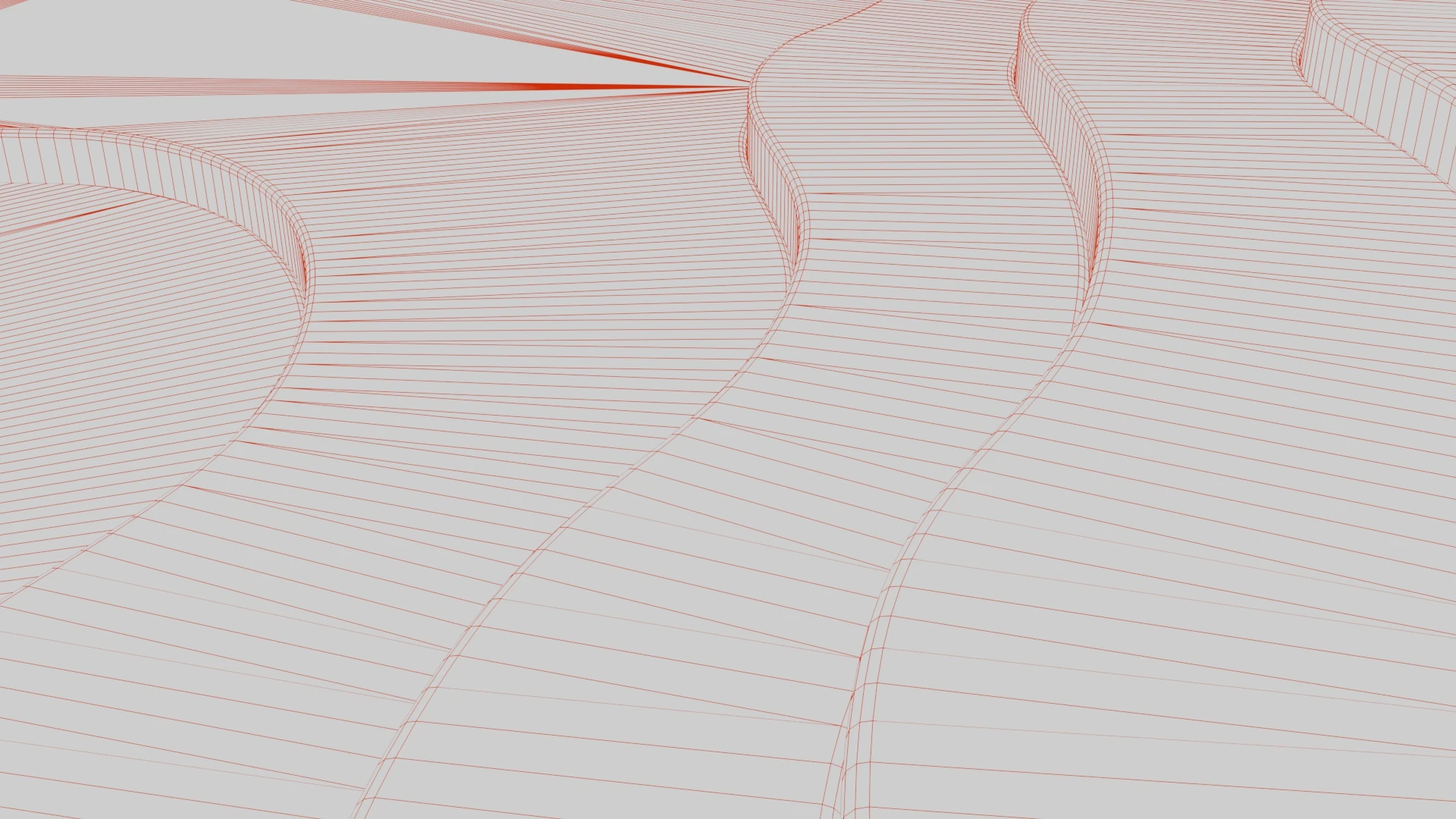
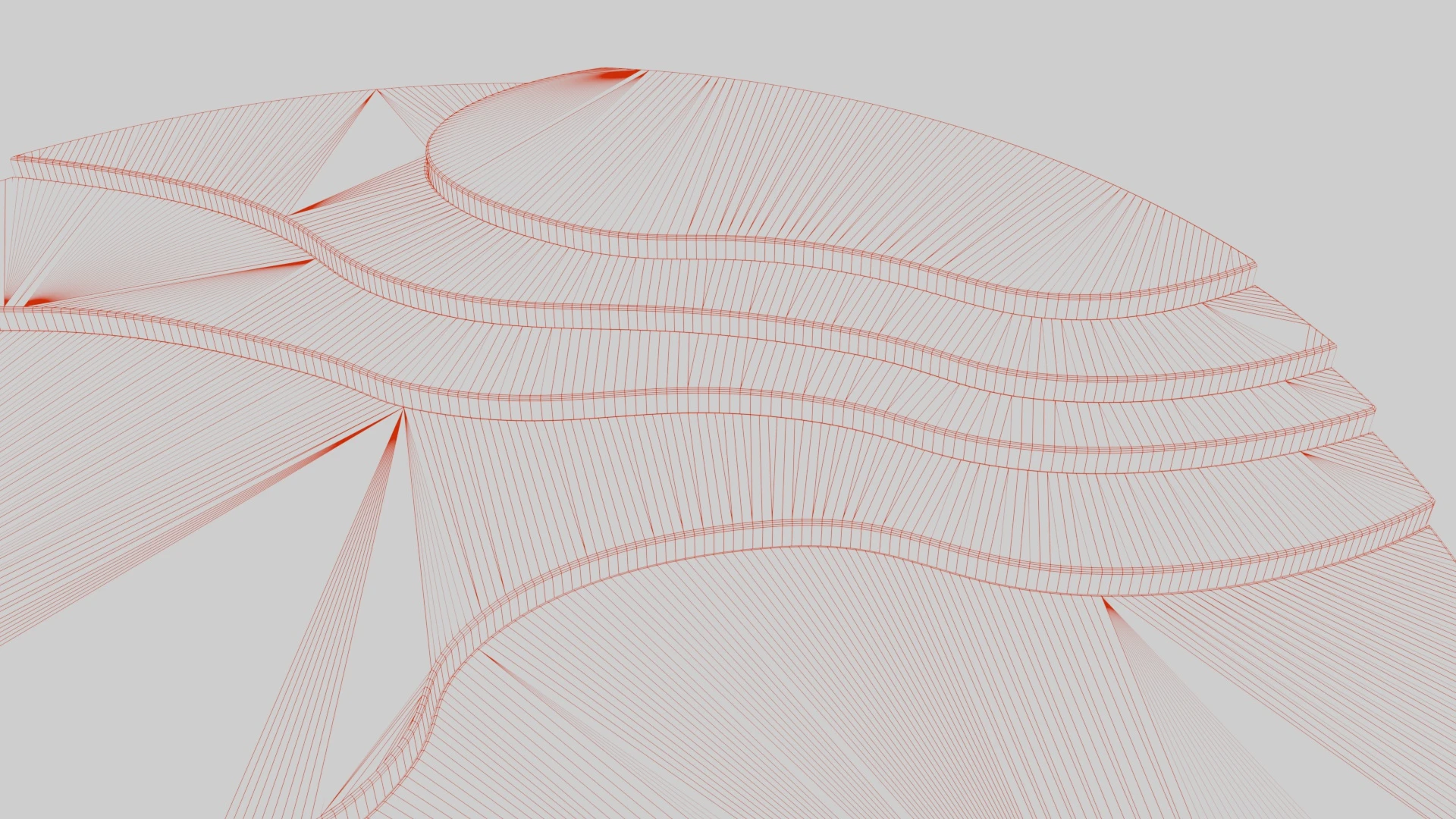
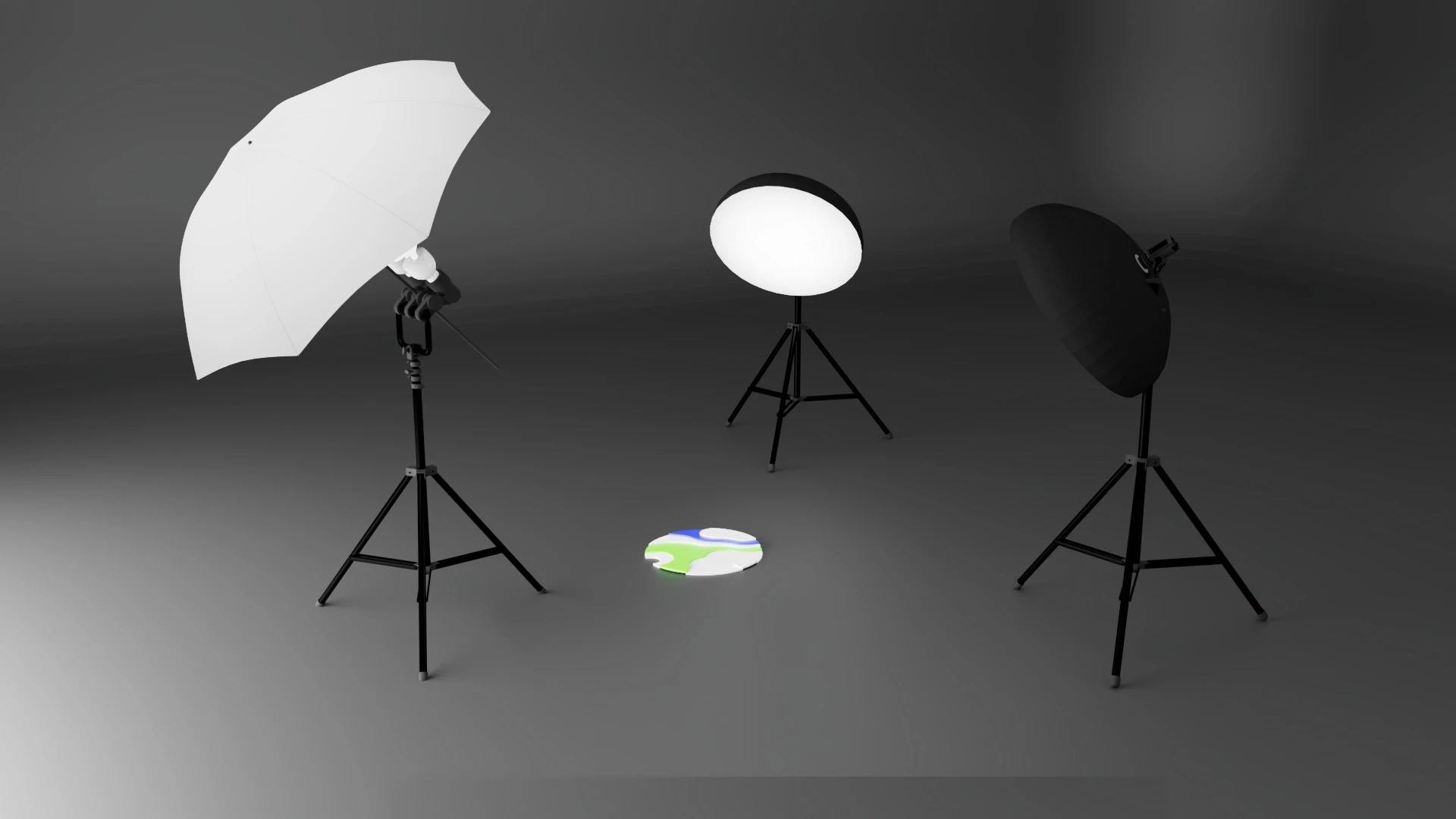
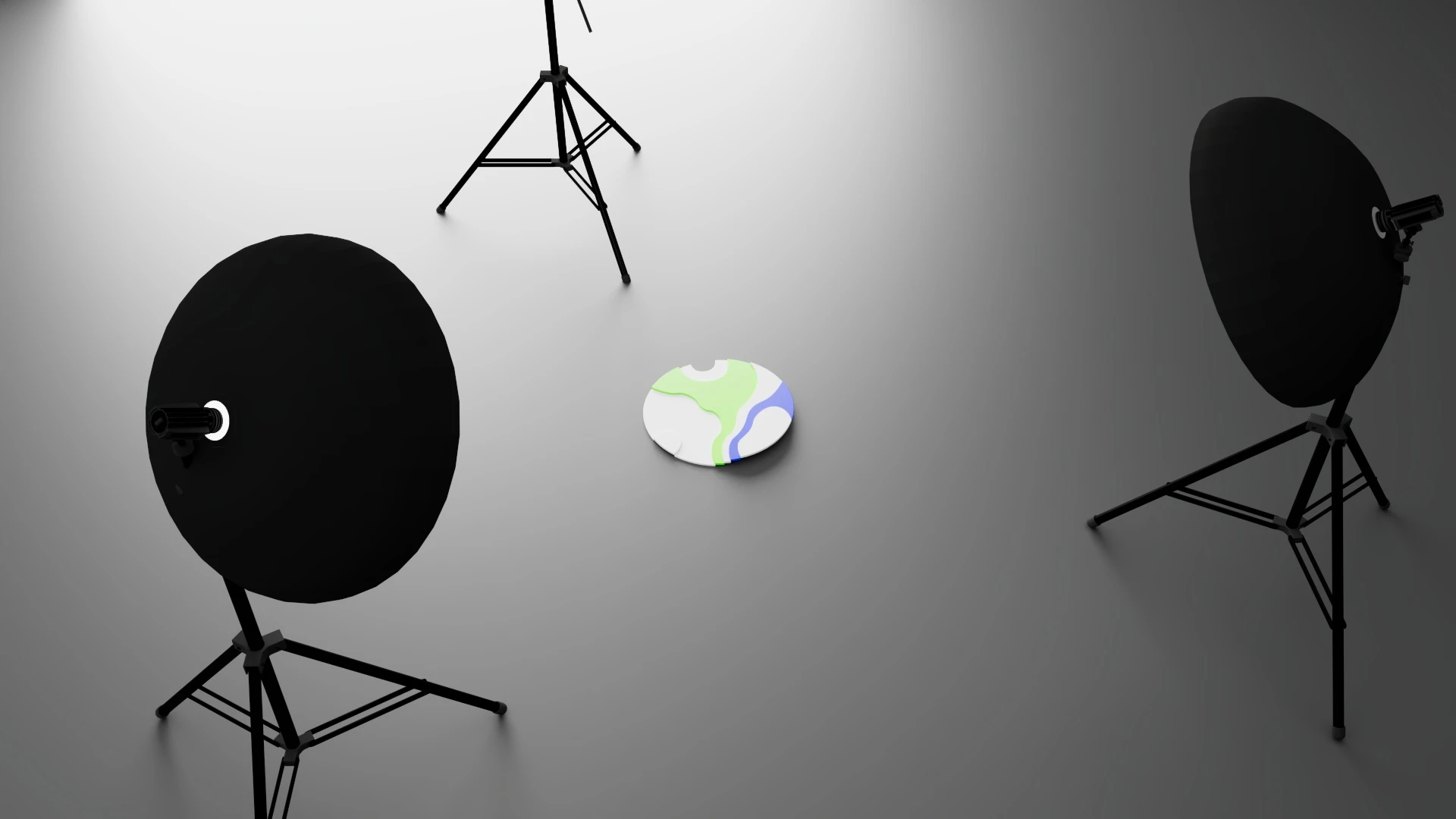
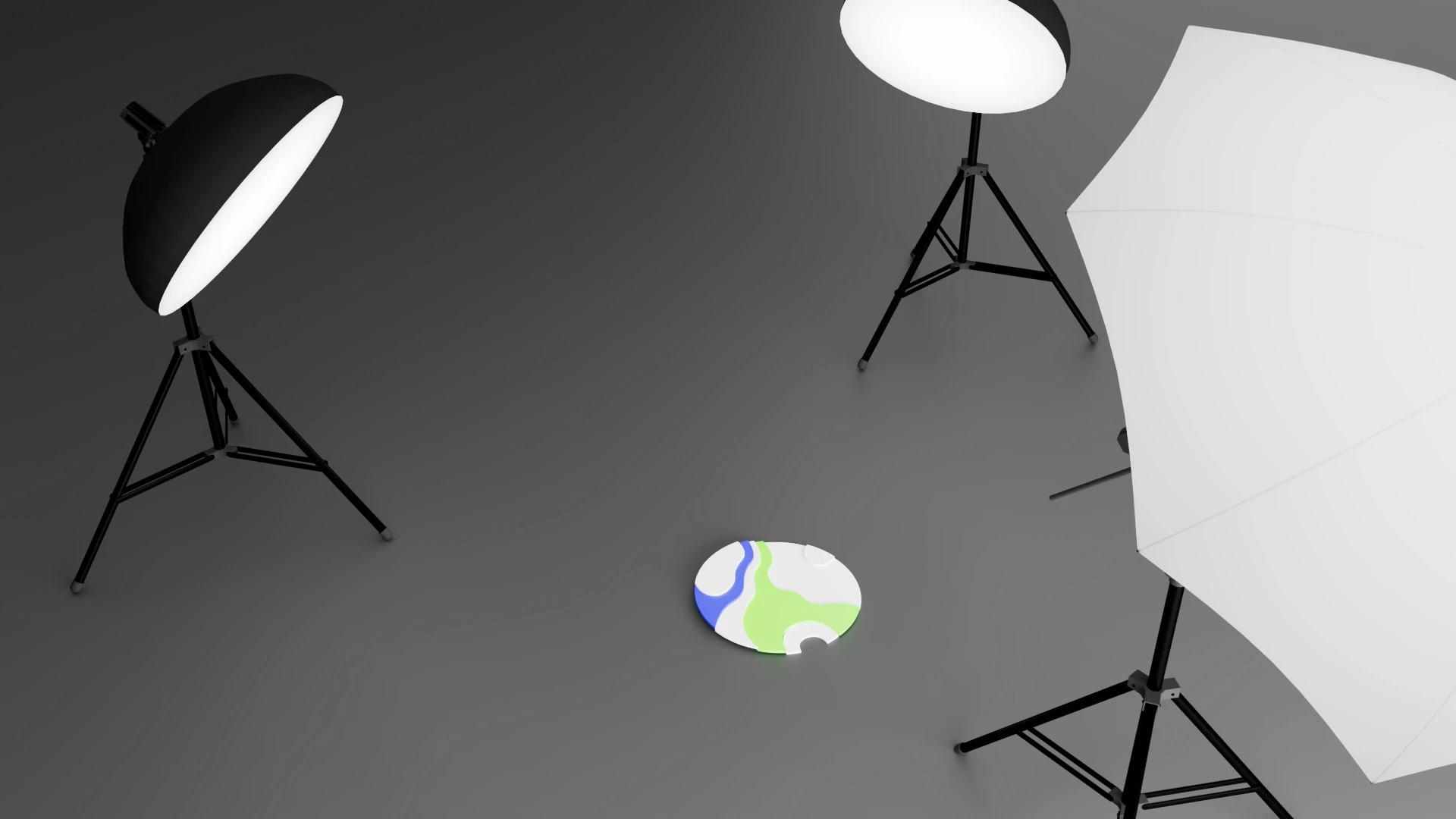
Tolley left nothing to chance. In a world where digital assets can exist in public and private spaces, we must protect our intellectual property in all its forms. When our heat-maps become sculptures and are on display in our online HQ in the metaverse, they can be copied, so each has its own serial number ‘engraved’ in minute detail. Additionally, very soon, each sculpture will be an NFT. As I said: he thought of everything.
Inside Cinema 4D, we have built our own studio to house the sculptures, complete with a custom lighting rig, HDRI and infinity curve. But as with all products of this nature, it is the material finish that provides the sense of reality, the ‘make them good enough to eat’ factor. We tend to create material palettes as a preference to colour palettes as a rule. Our belief is that most, if not all, brands will find themselves in immersive virtual spaces before long.
This means that those who commission studios that think that far ahead will be at an advantage. Tolley created both palettes for Within International, using Redshift renderer as a basis for a complementary pairing of ‘base metal’ and ‘cast plastic’.
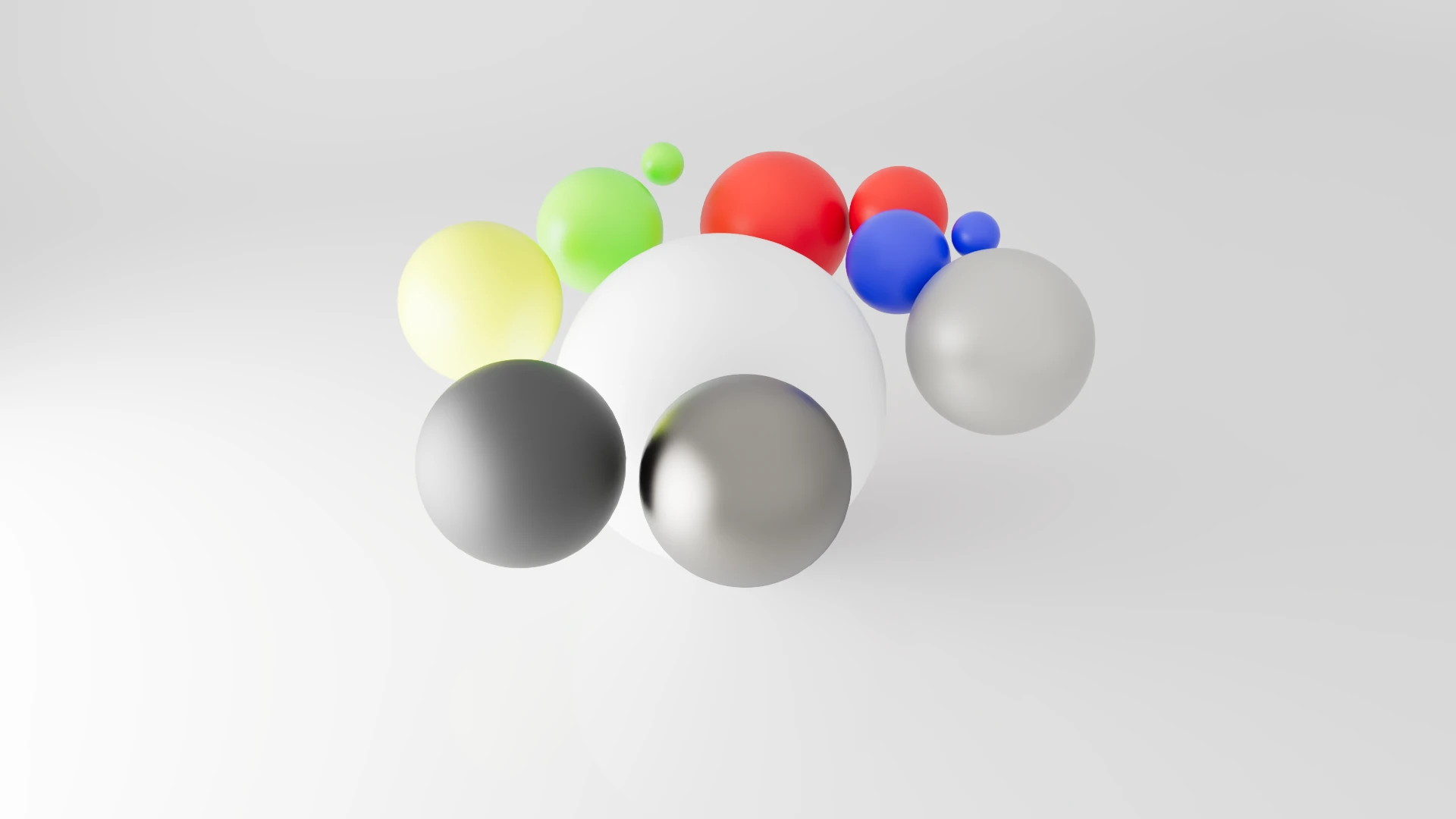
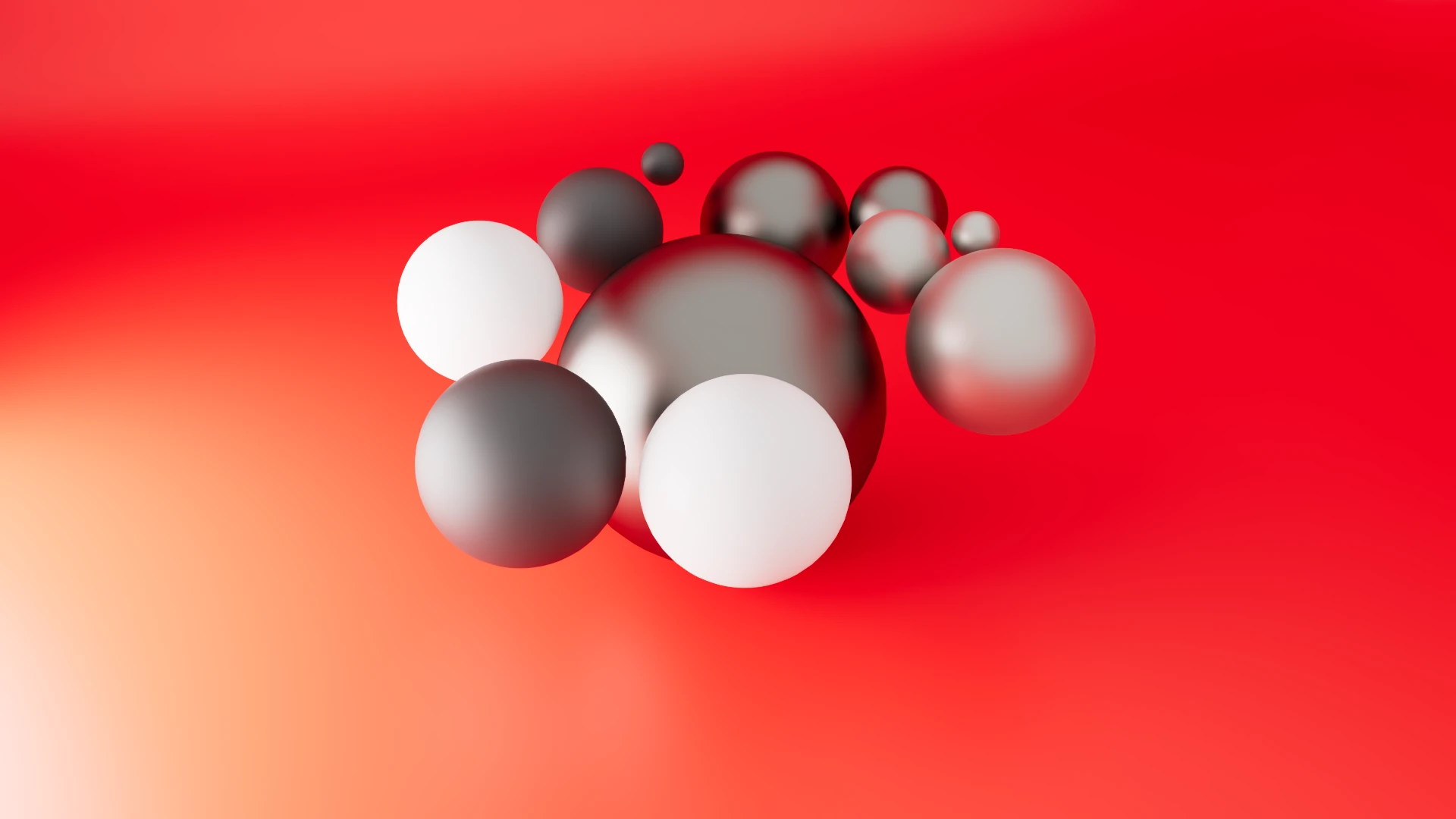
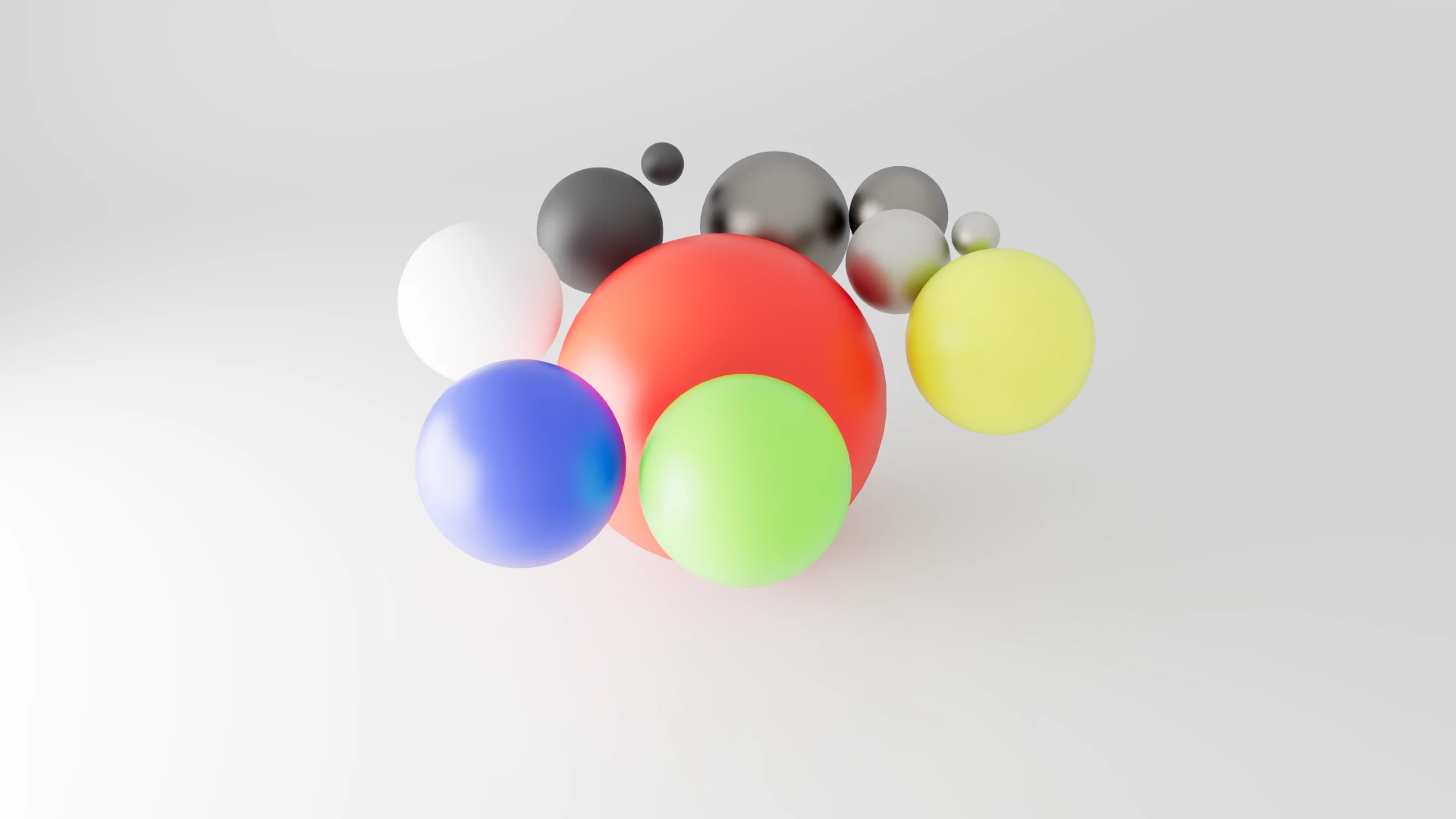
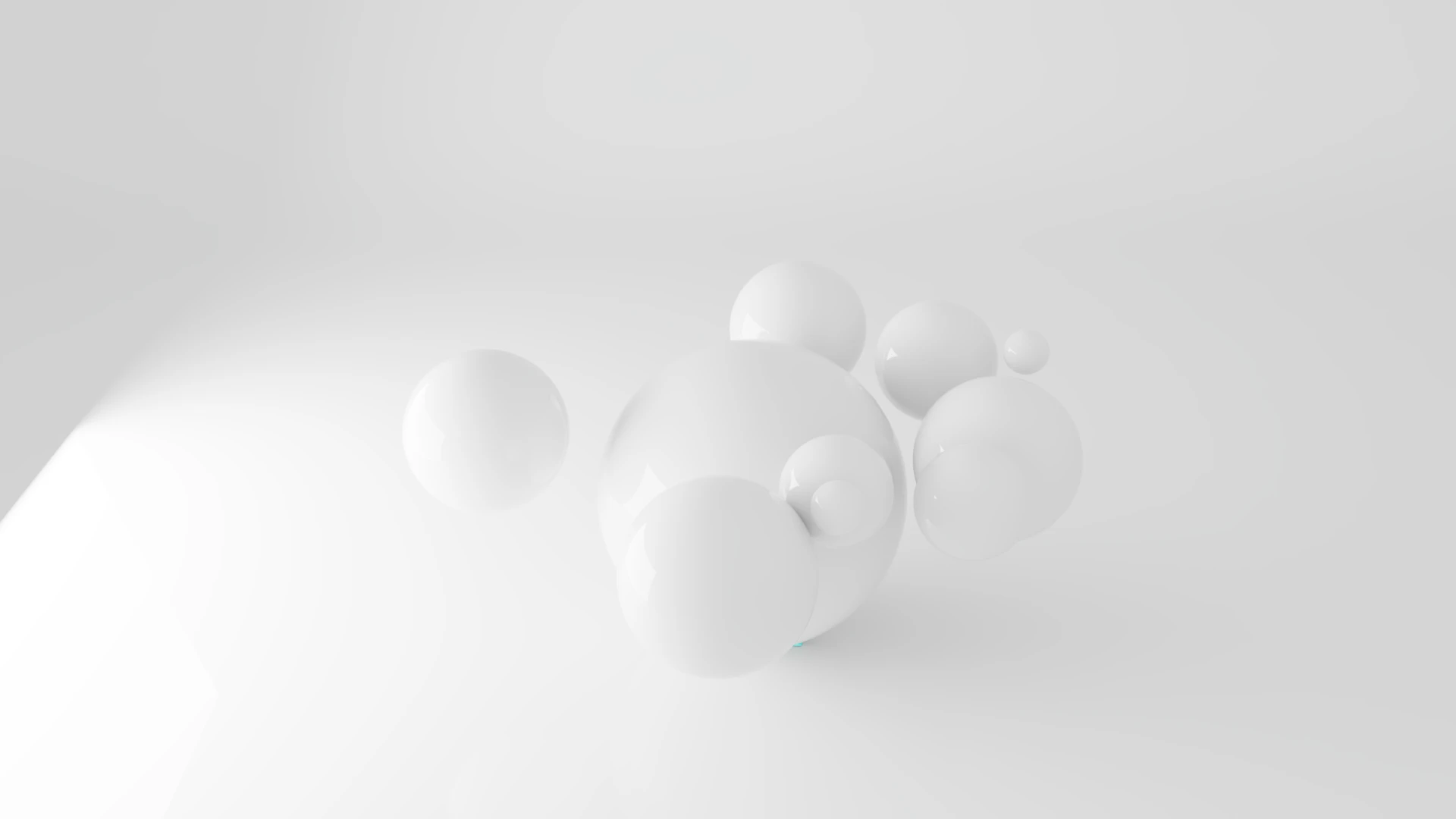
Even the typography was considered to work across multiple channels. As André Gürtler, one of the designers of Neue Haas Unica said, “Unica was designed to be different, sharper than Helvetica, warmer than Univers, cleaner than Akzidenz.” For the font aficionados out there, the font was born by analysing original prints and then methodically removing imperfections, perfect for an agency with deep roots in the professional services world.
And like the brain, what we have created here is a brand that will be ever-evolving and that will allow us and others to tell our story. And in its most elemental form, that is the very essence of a brand.
